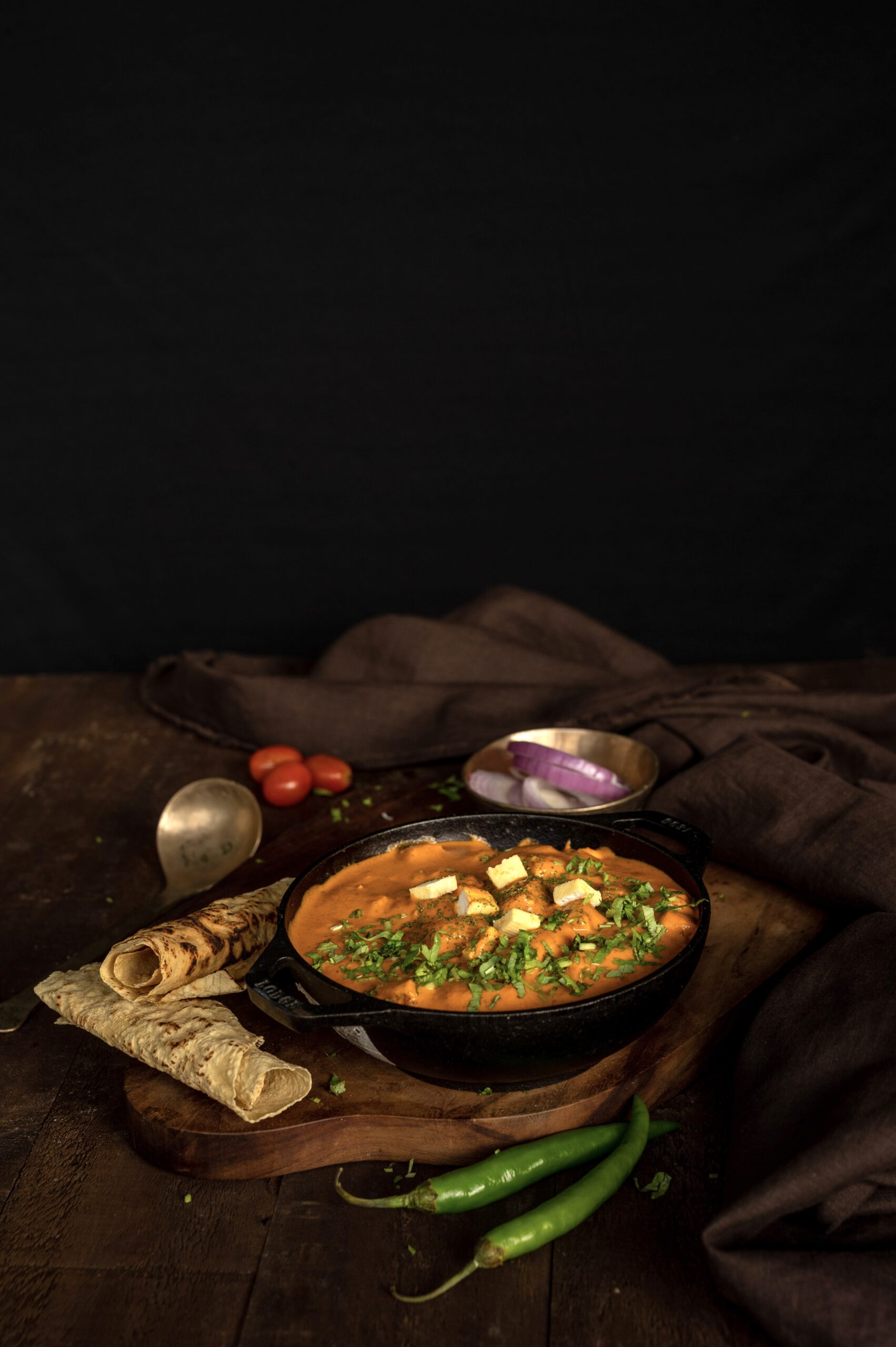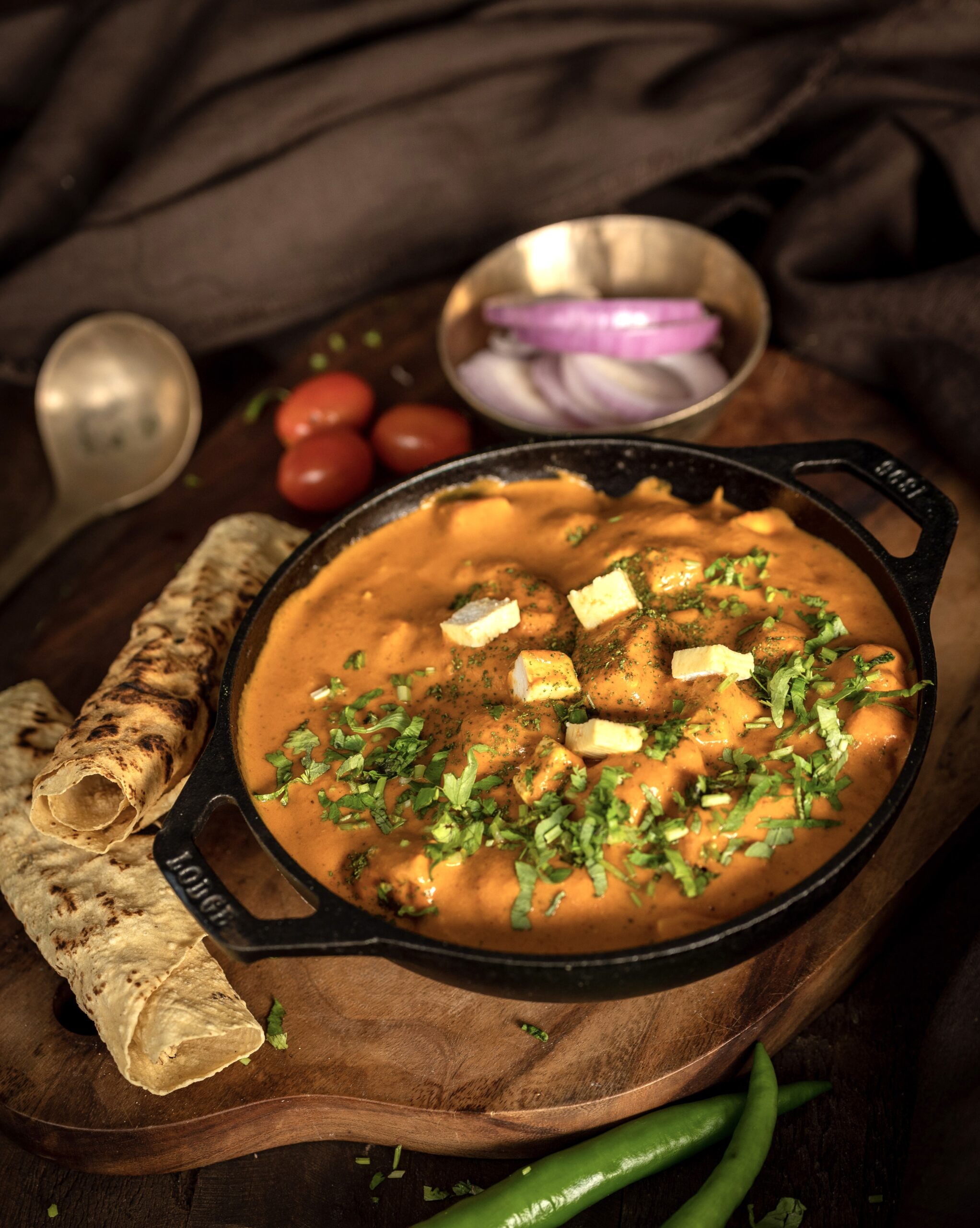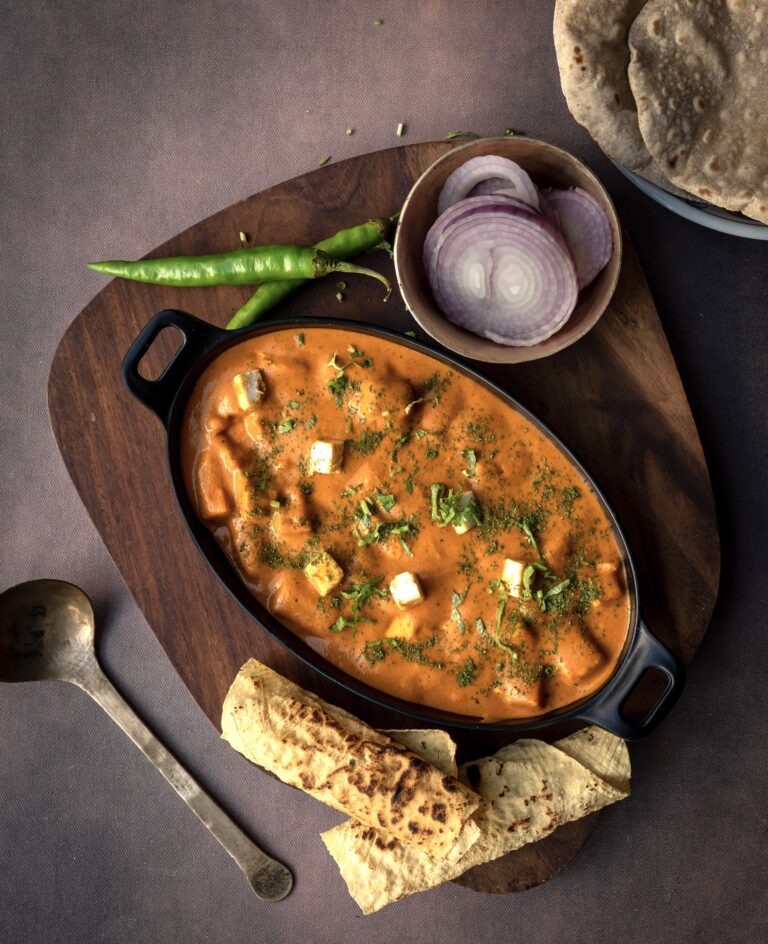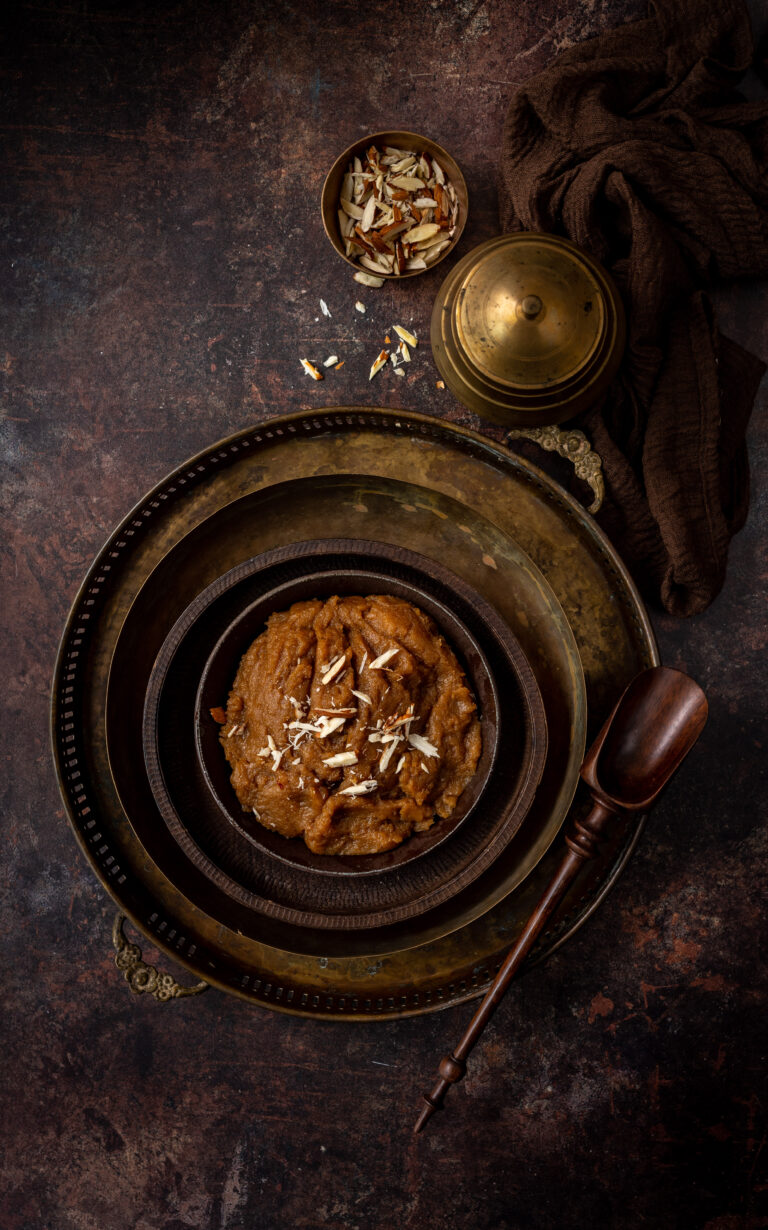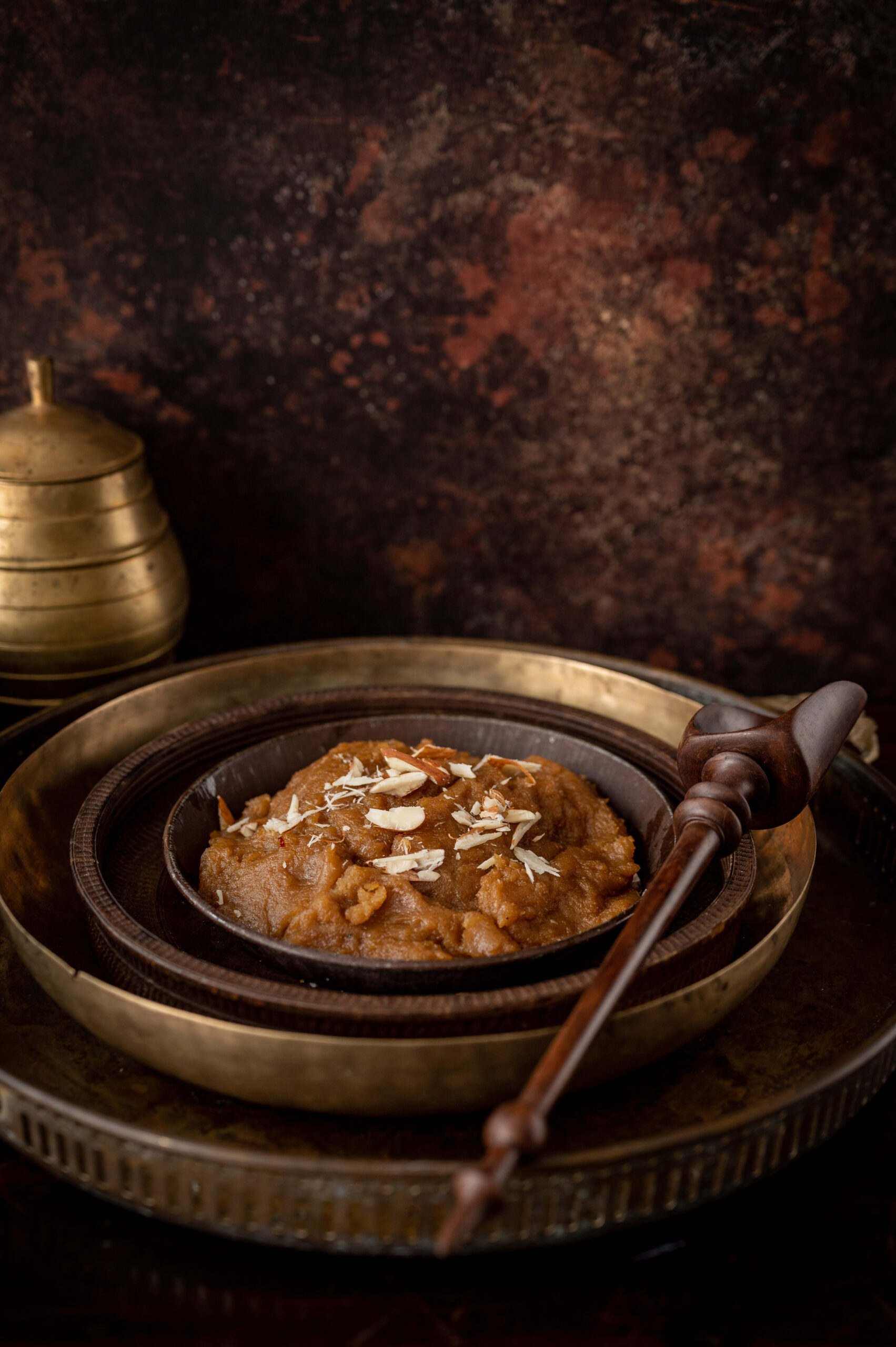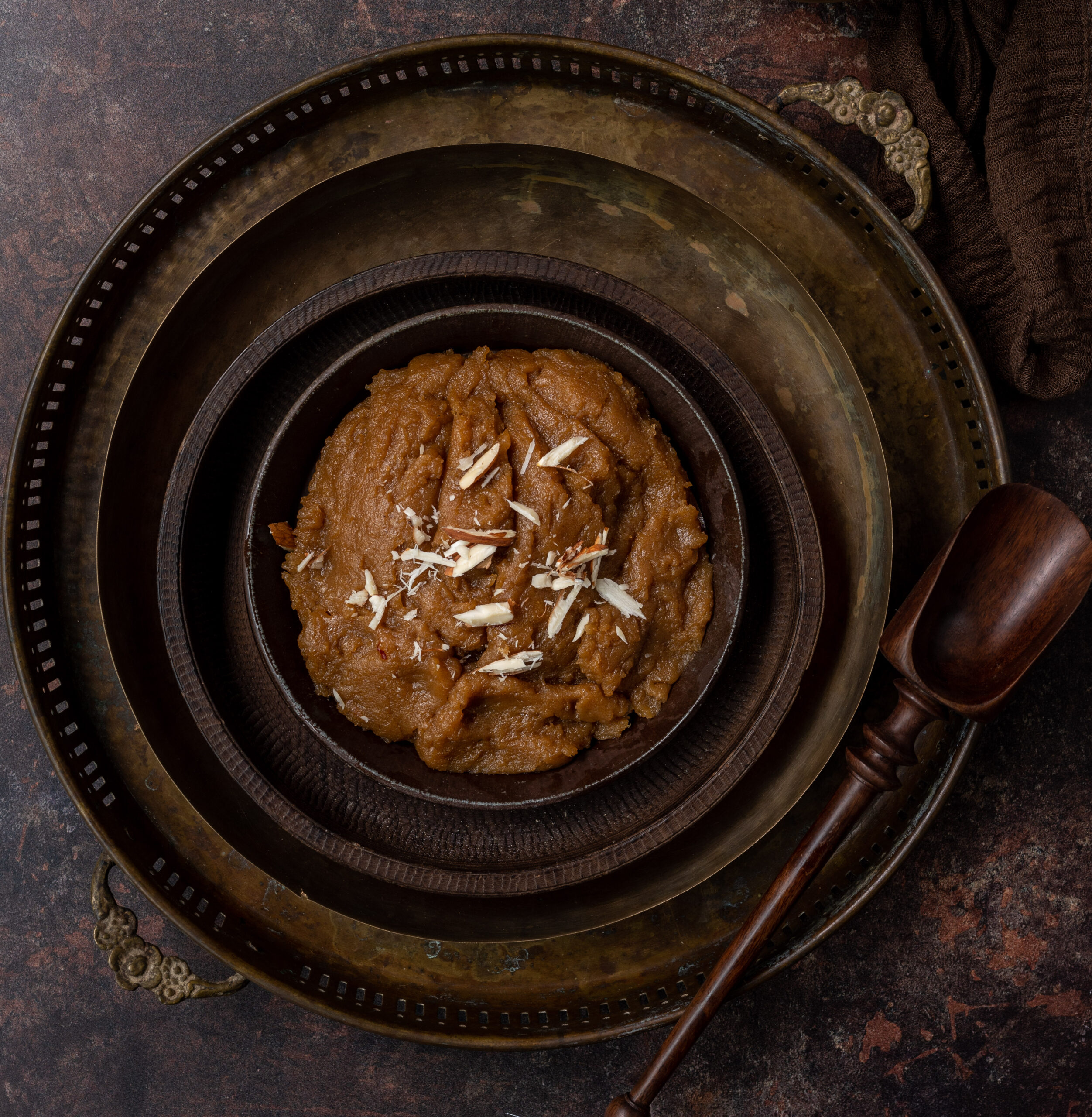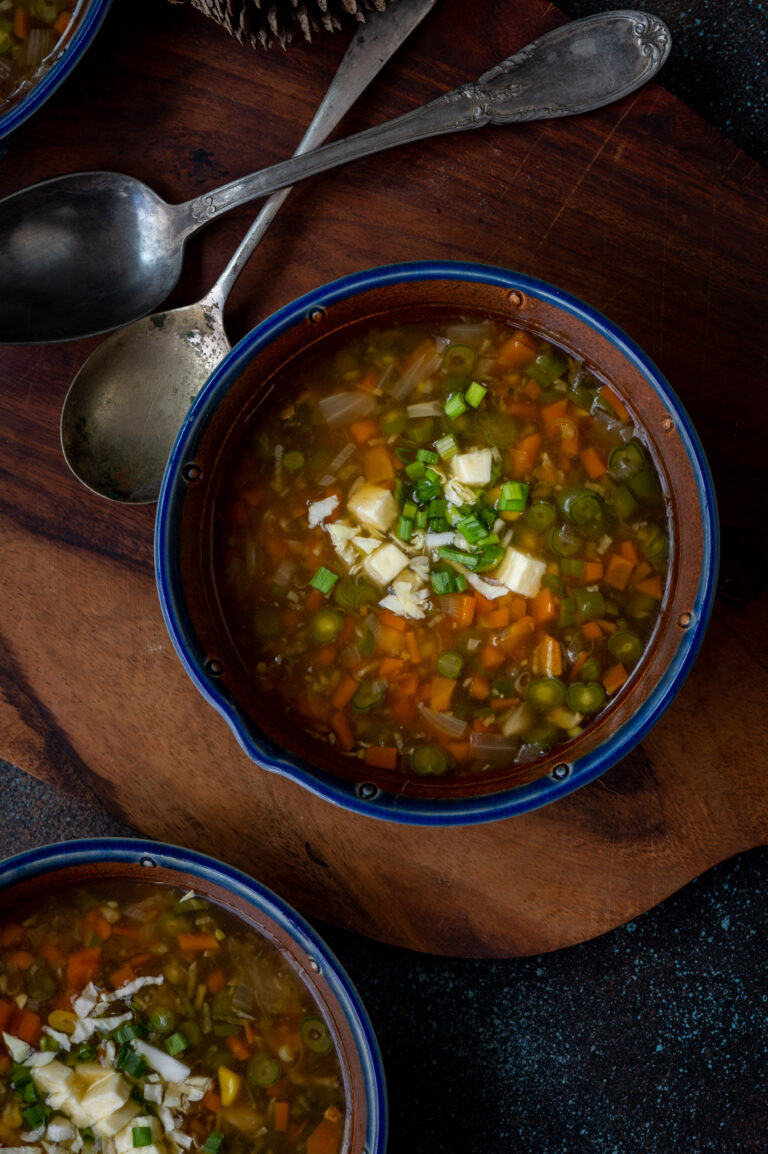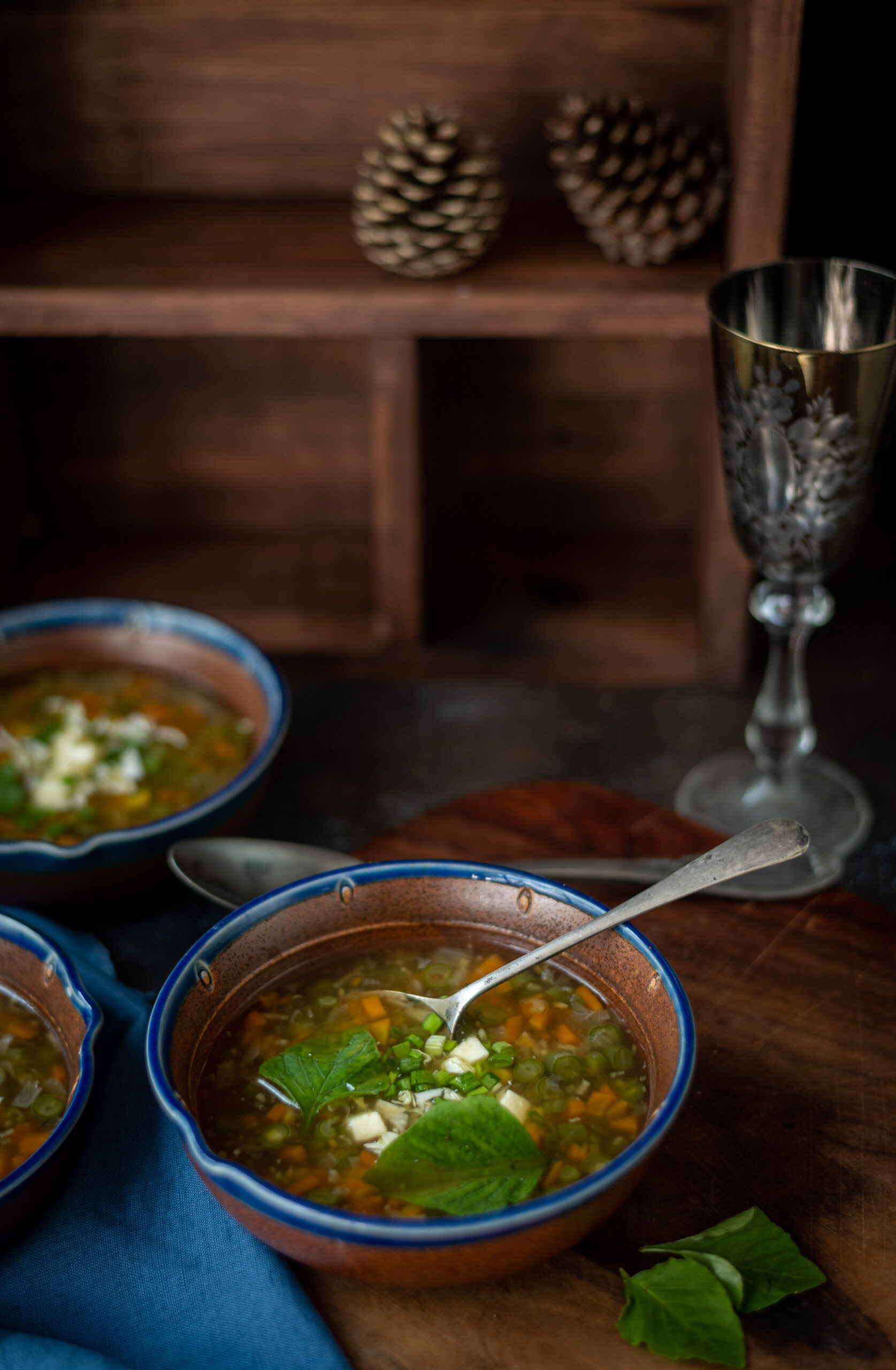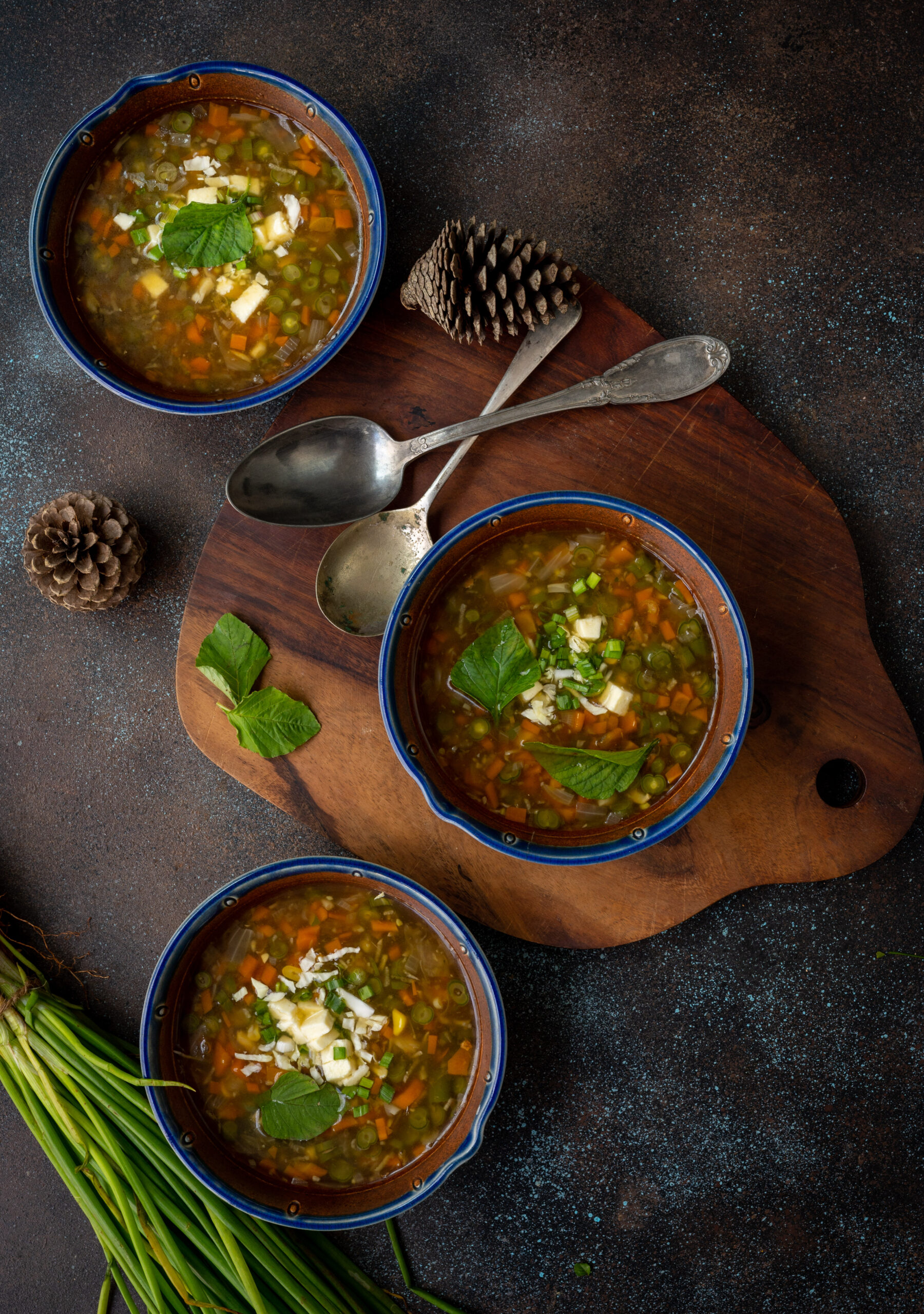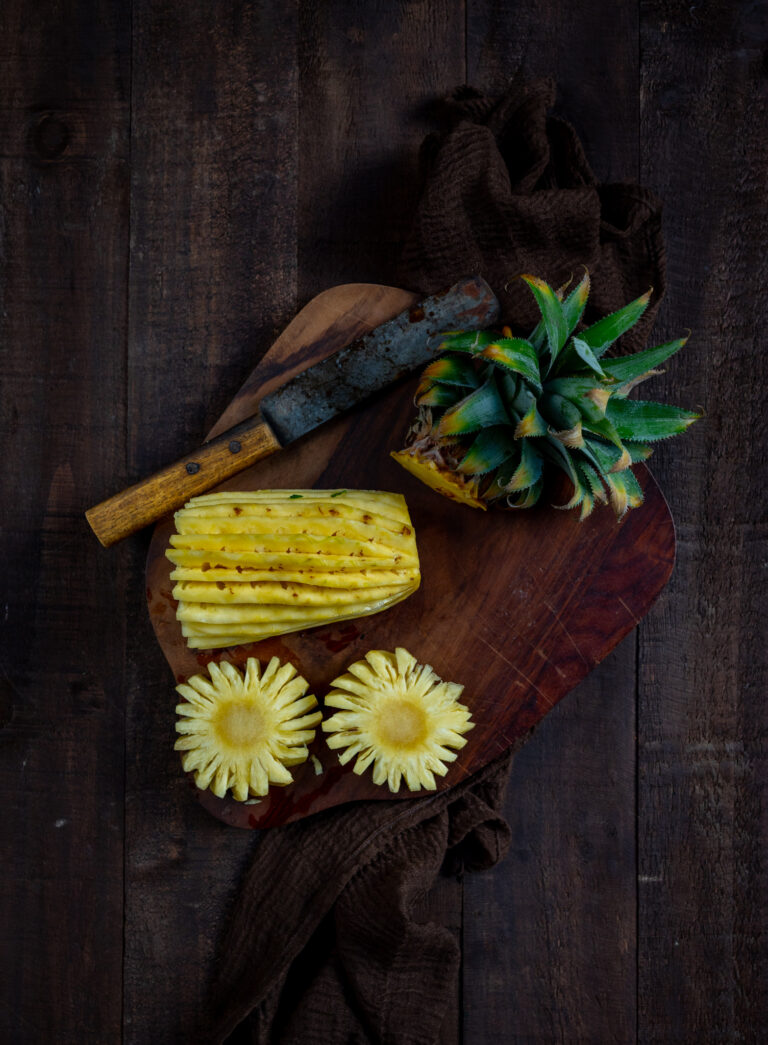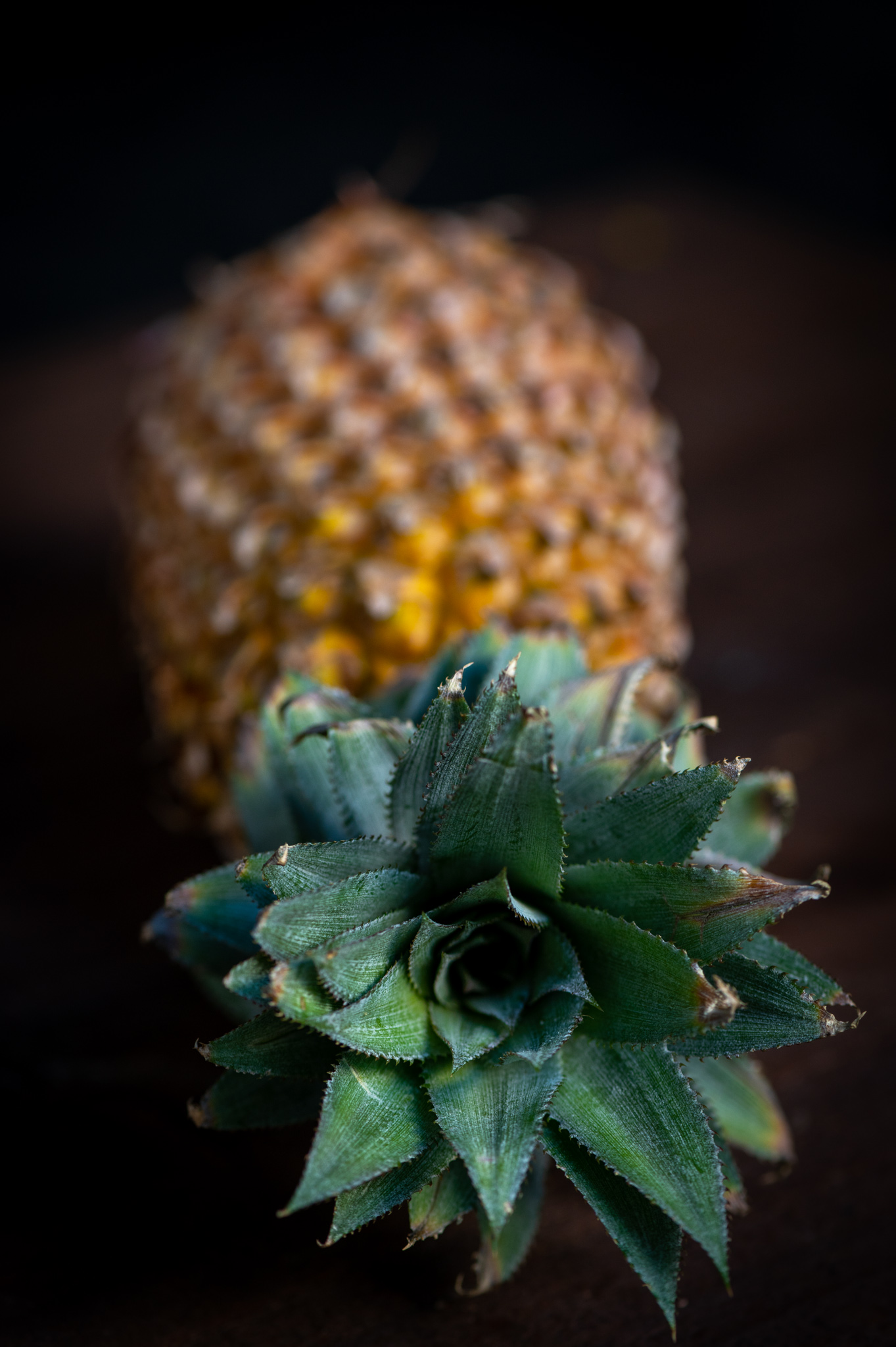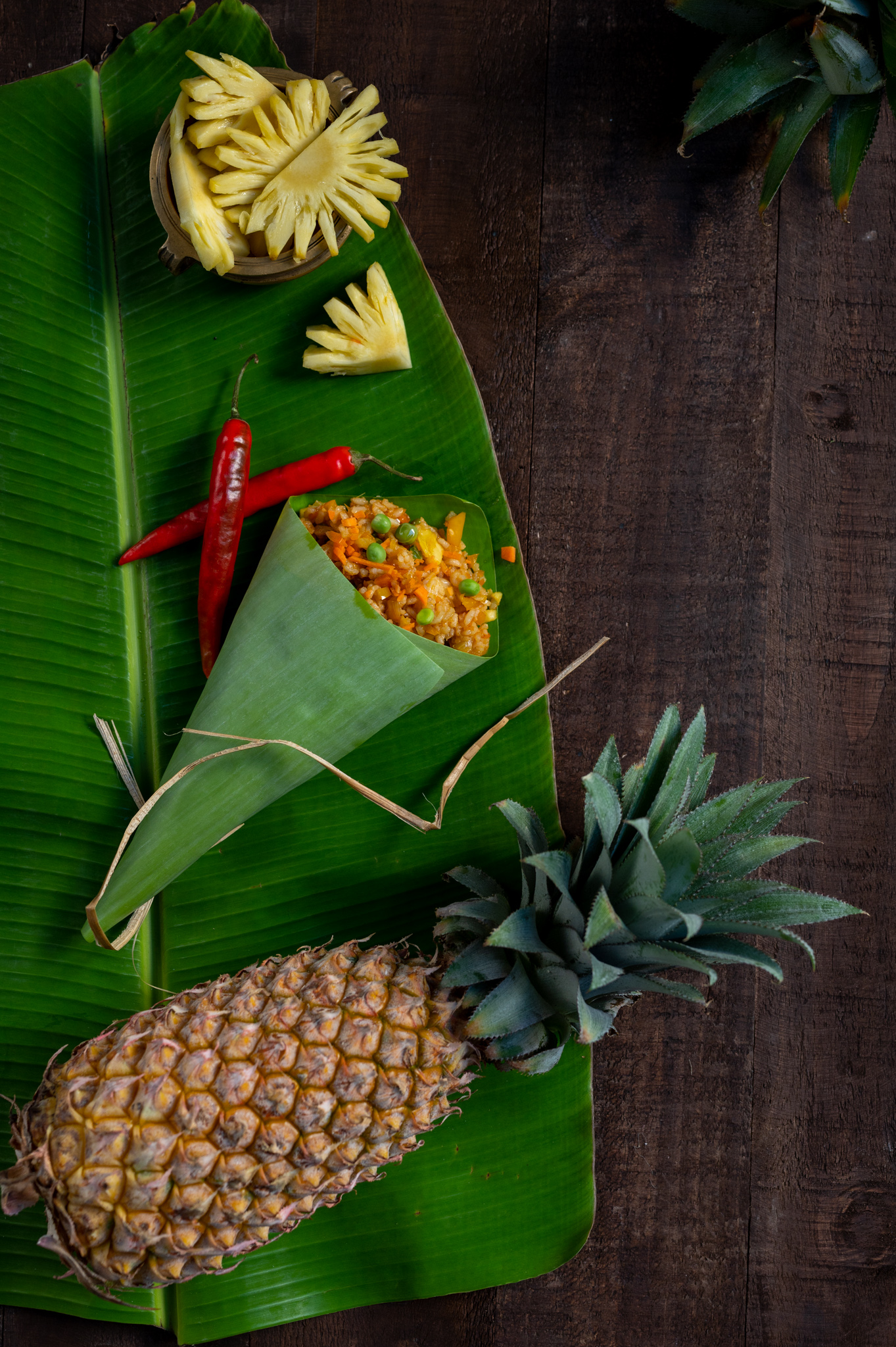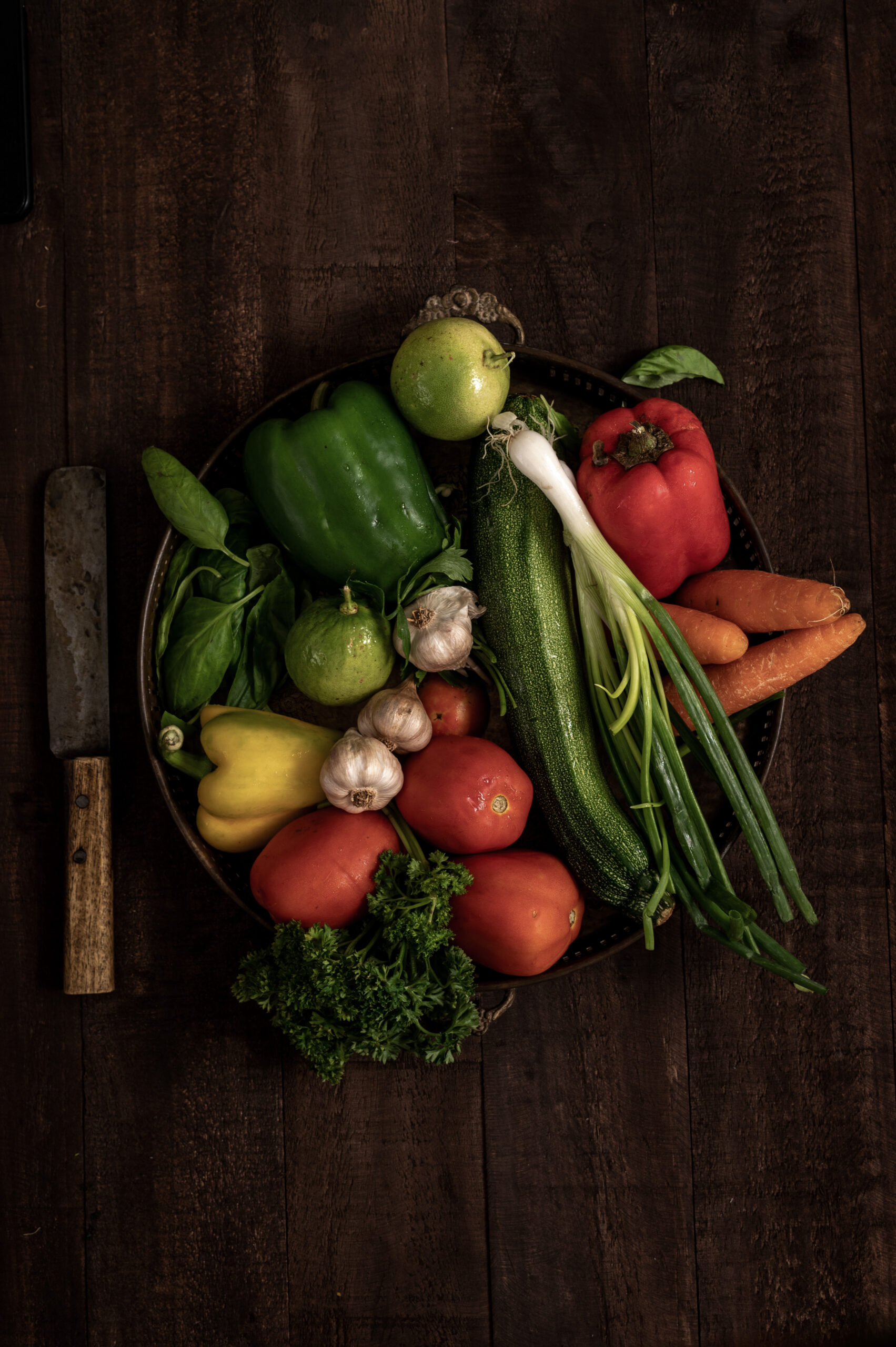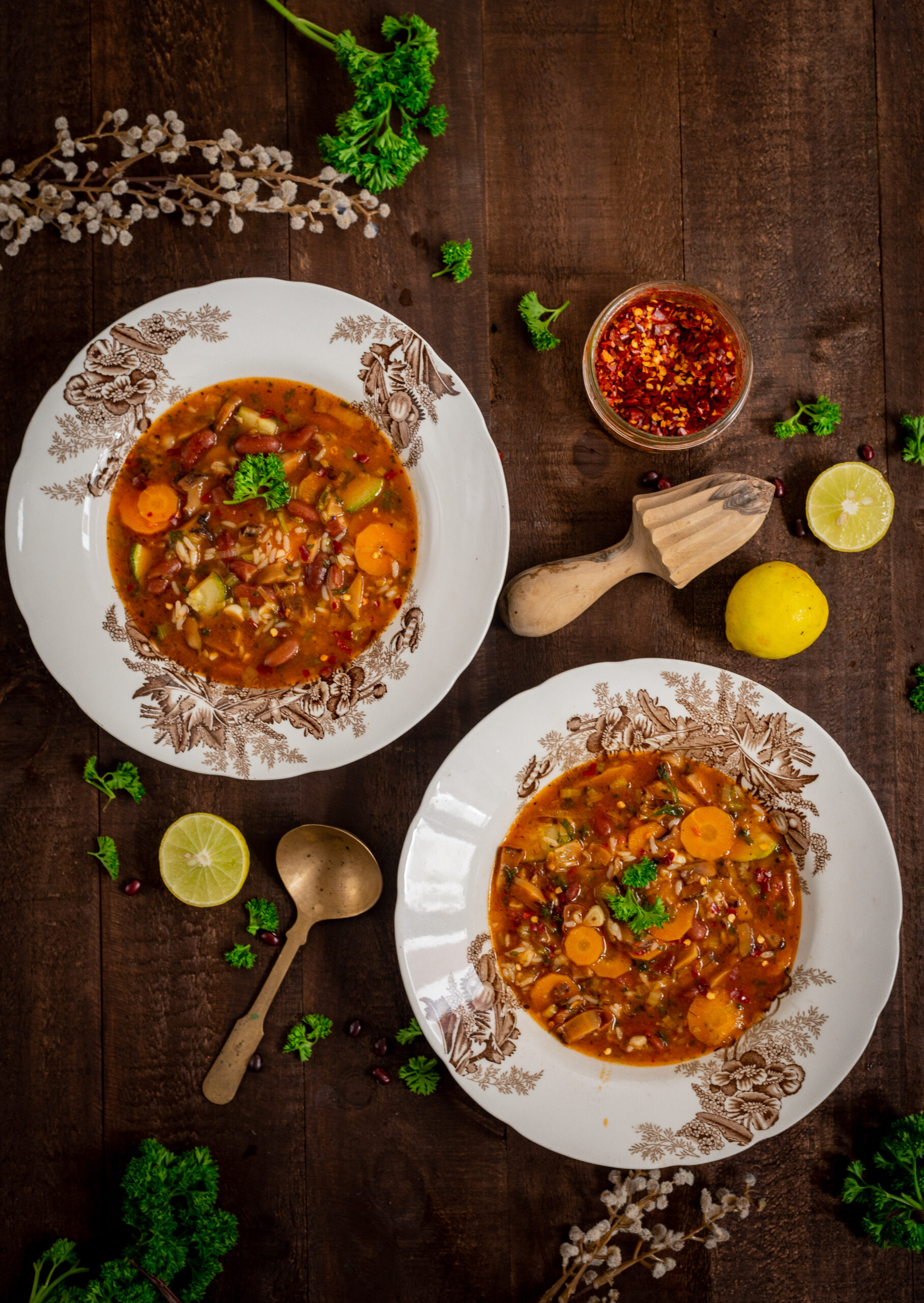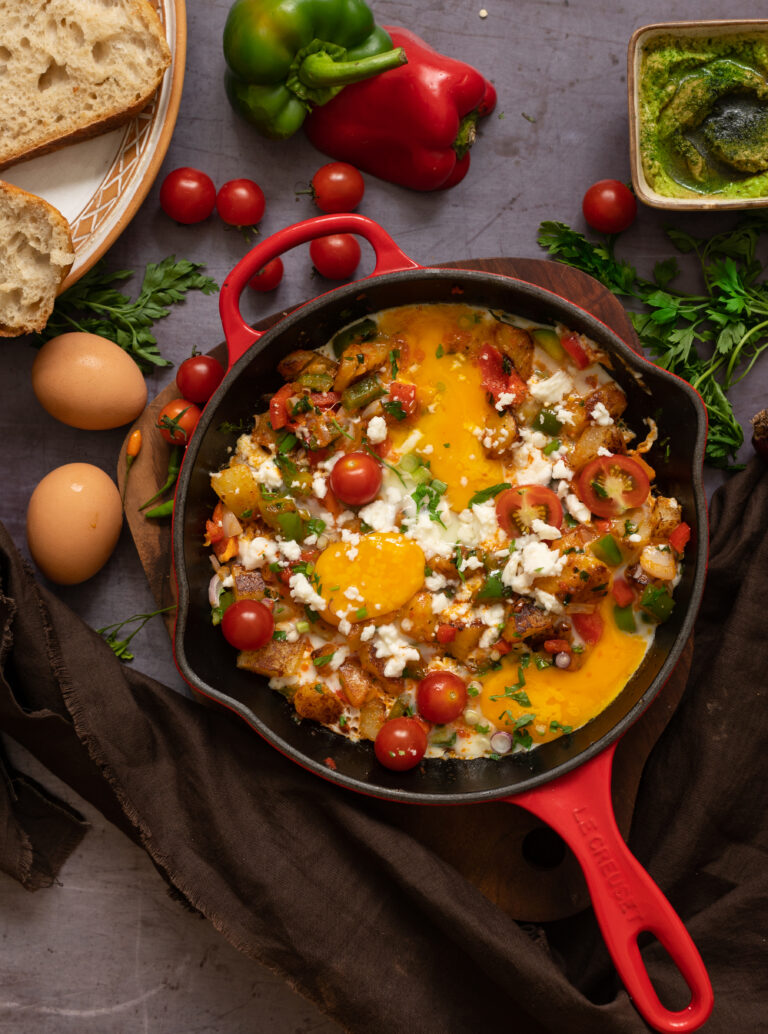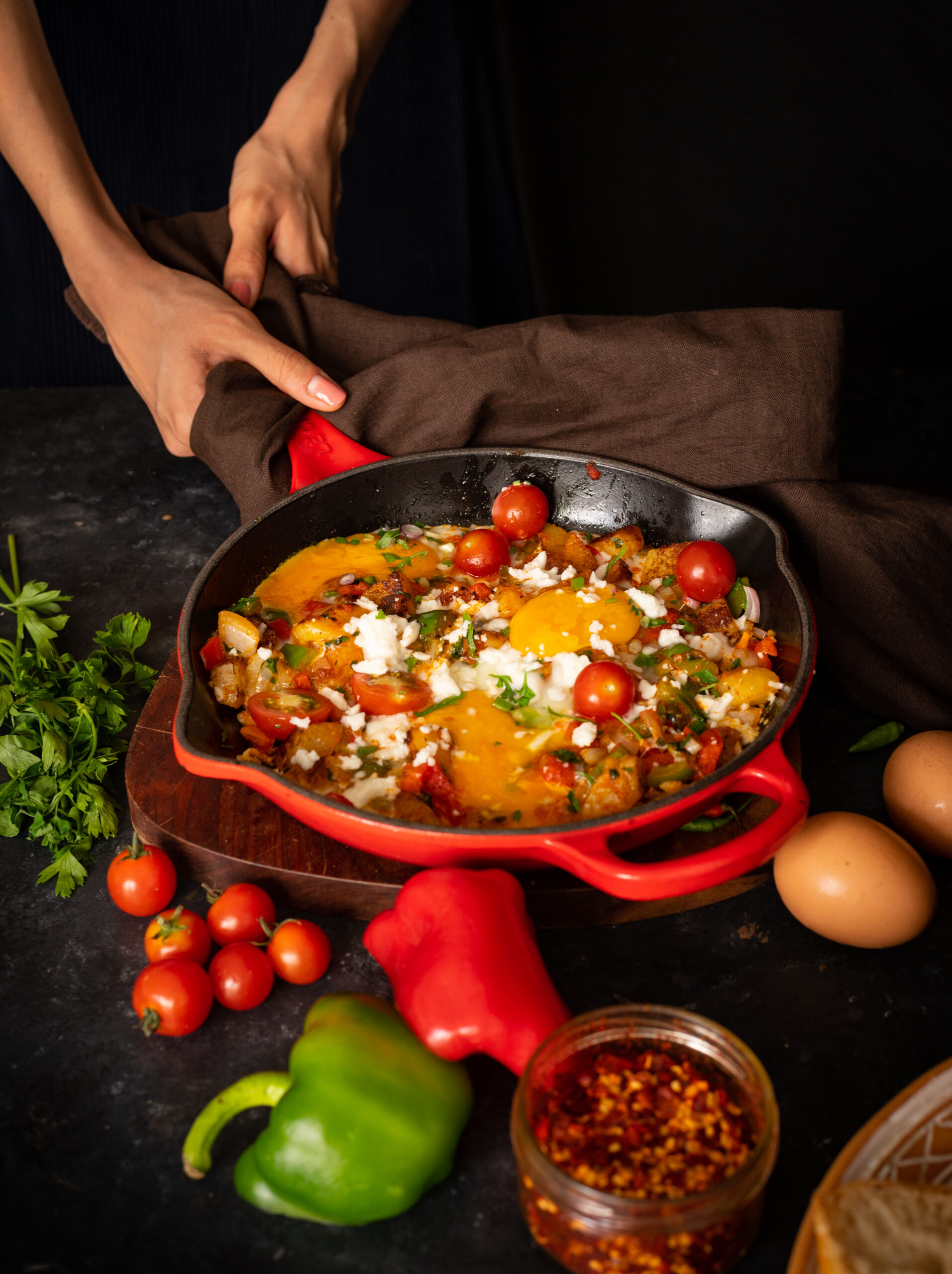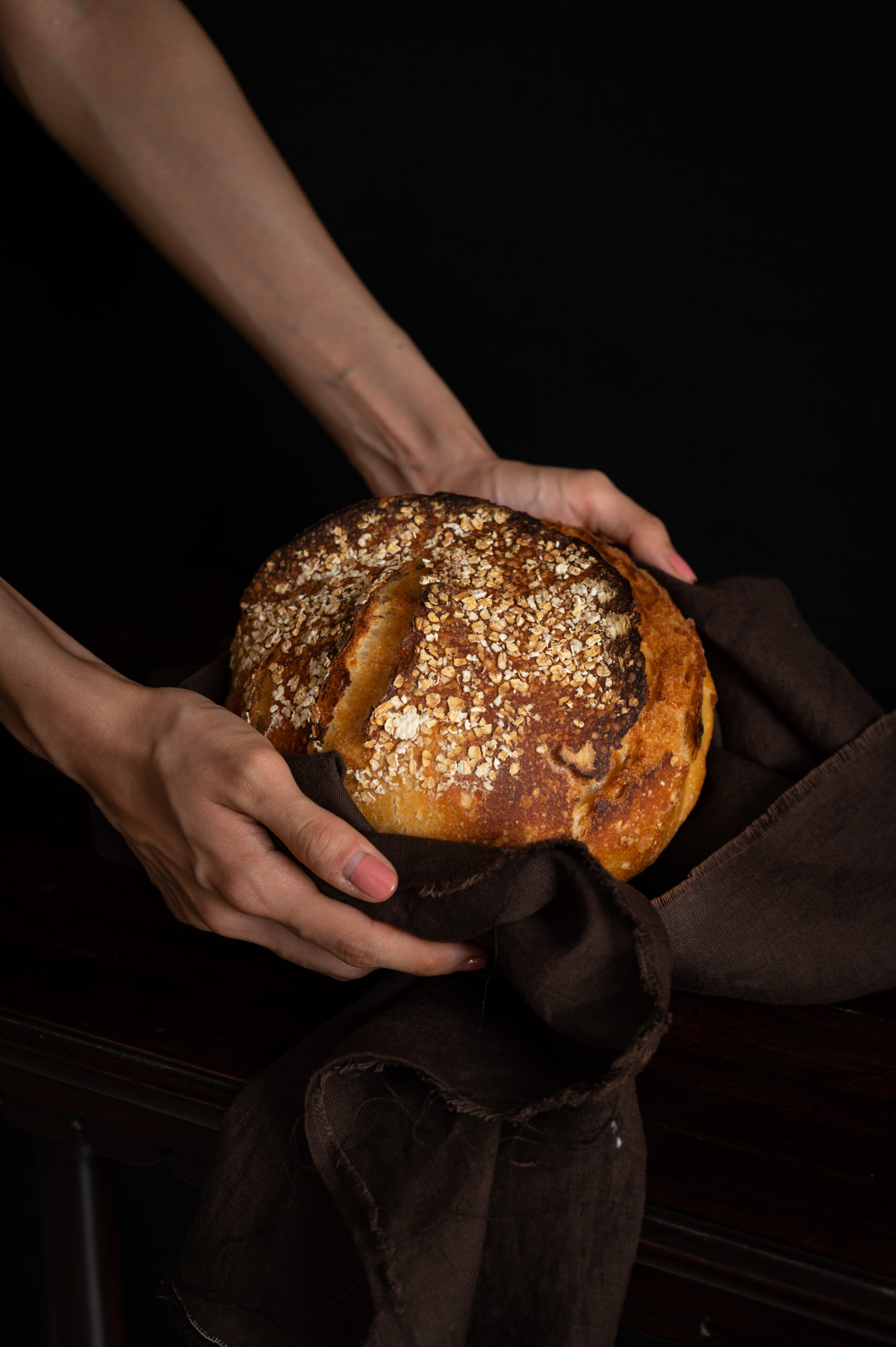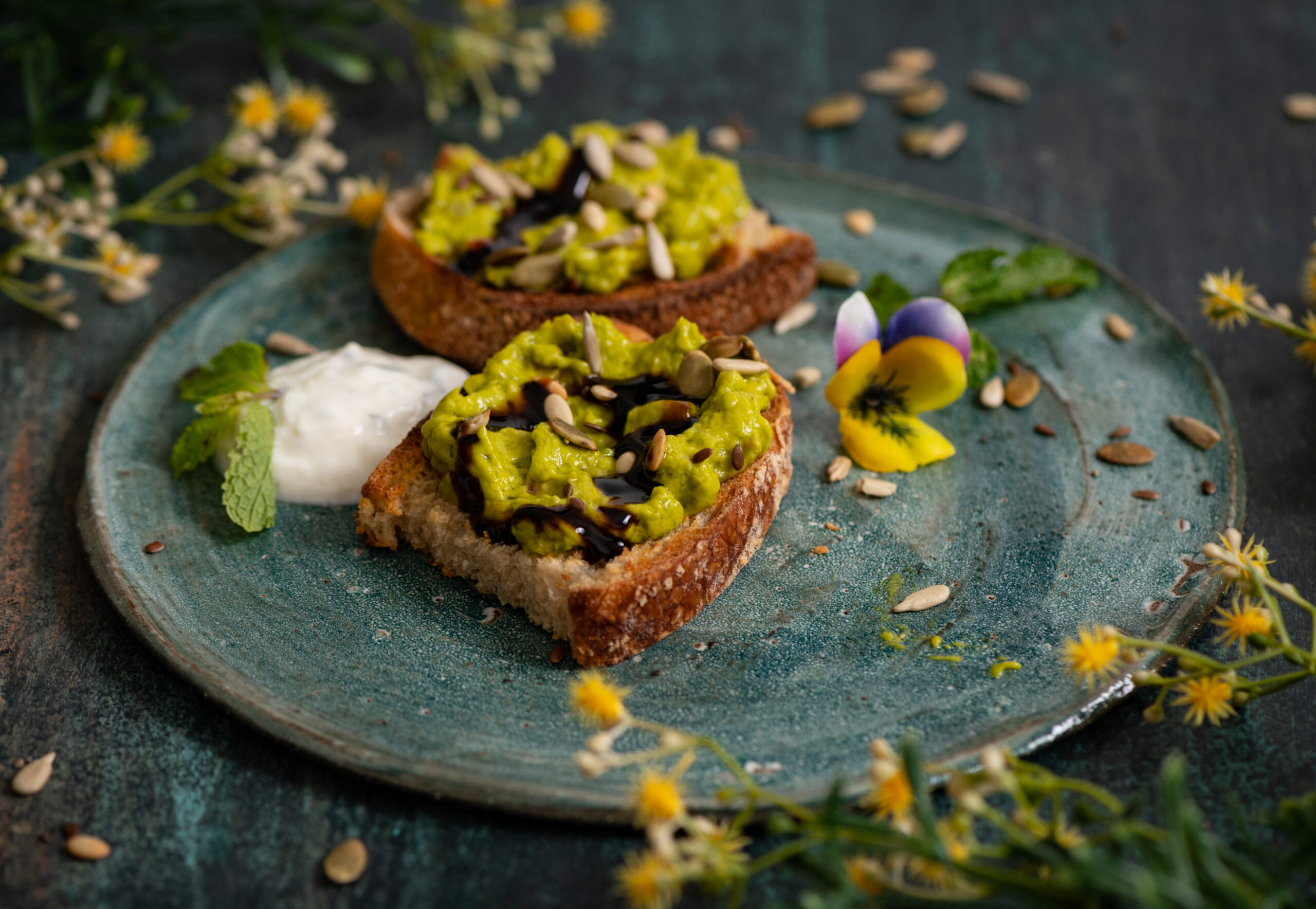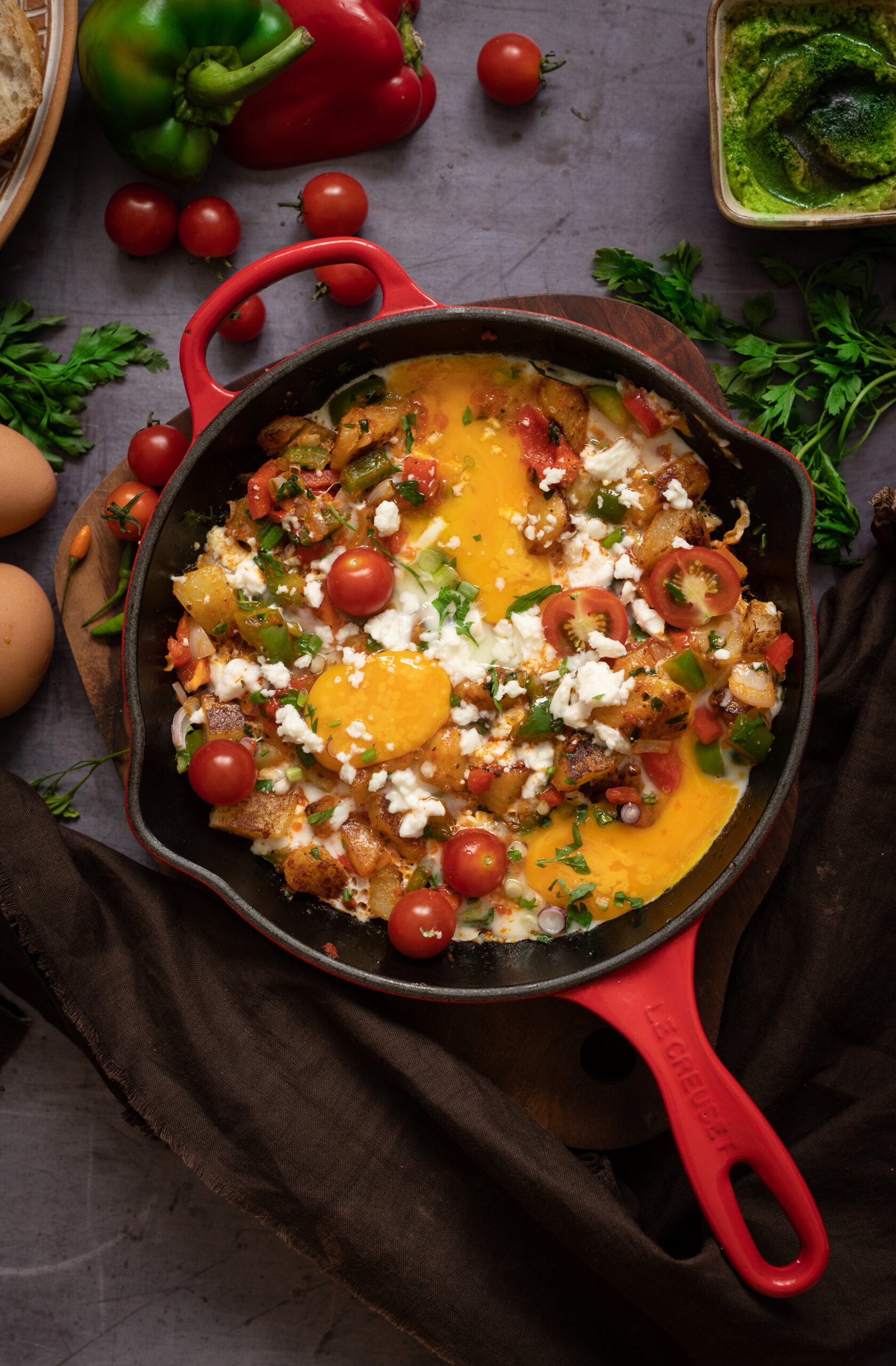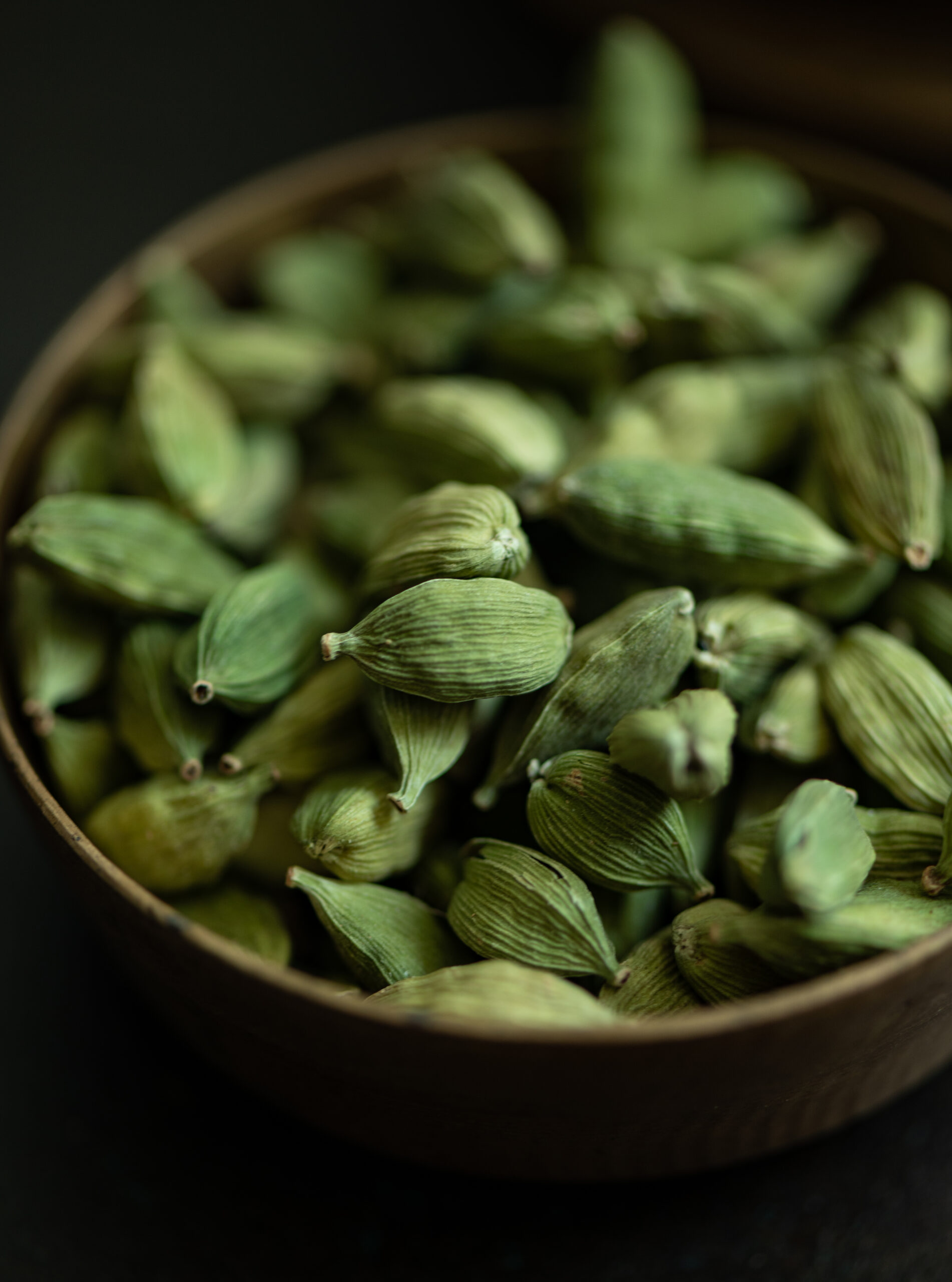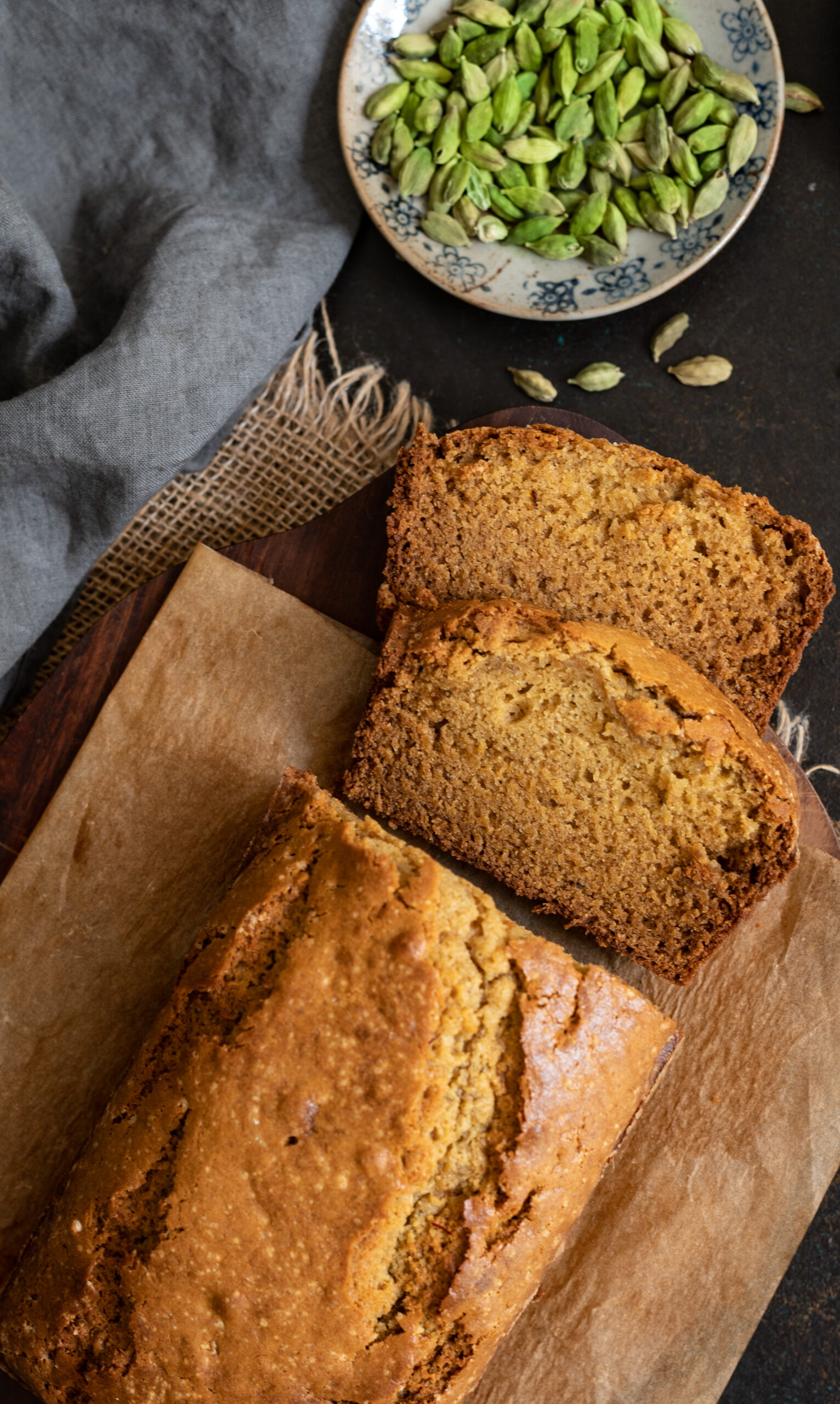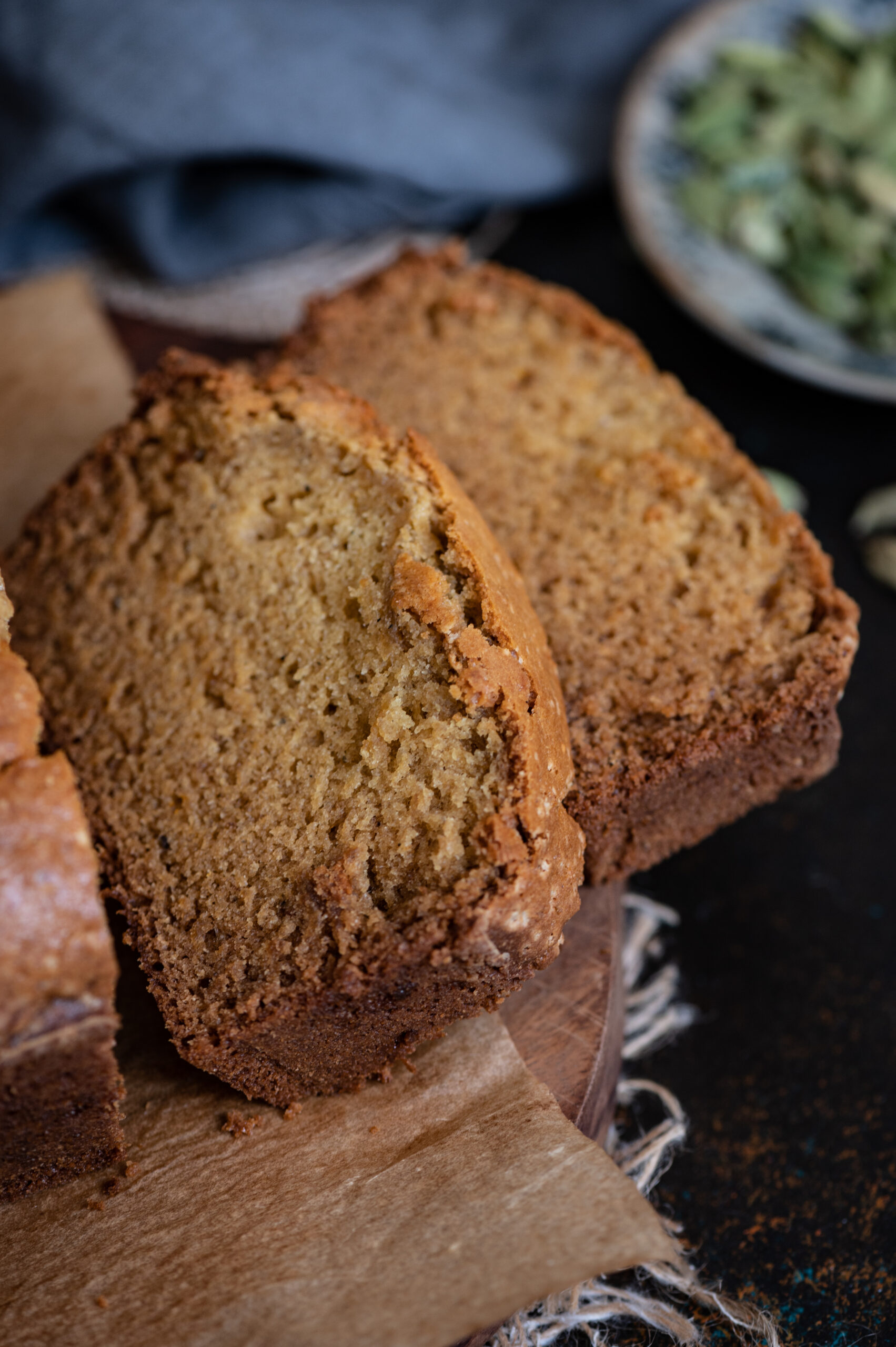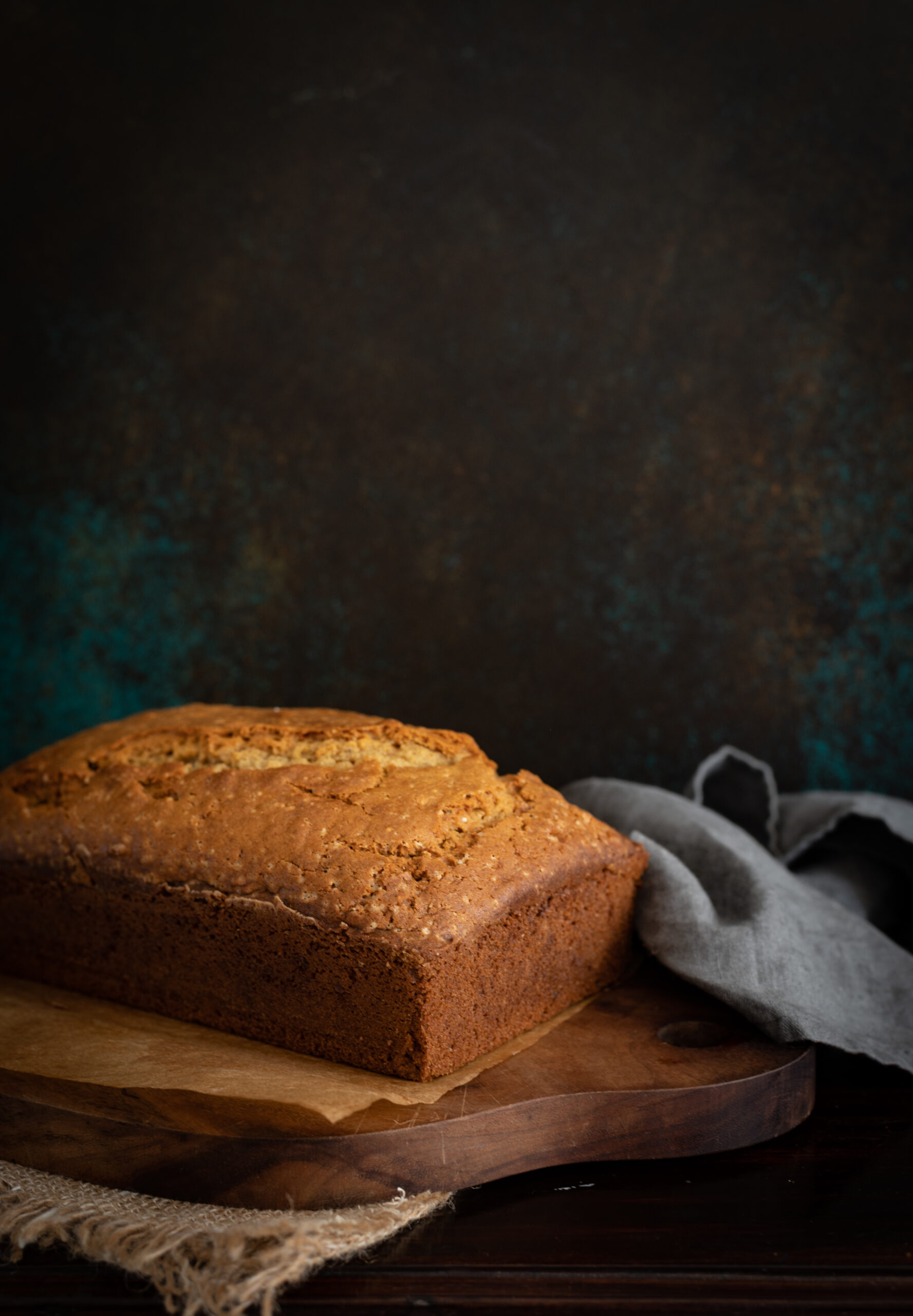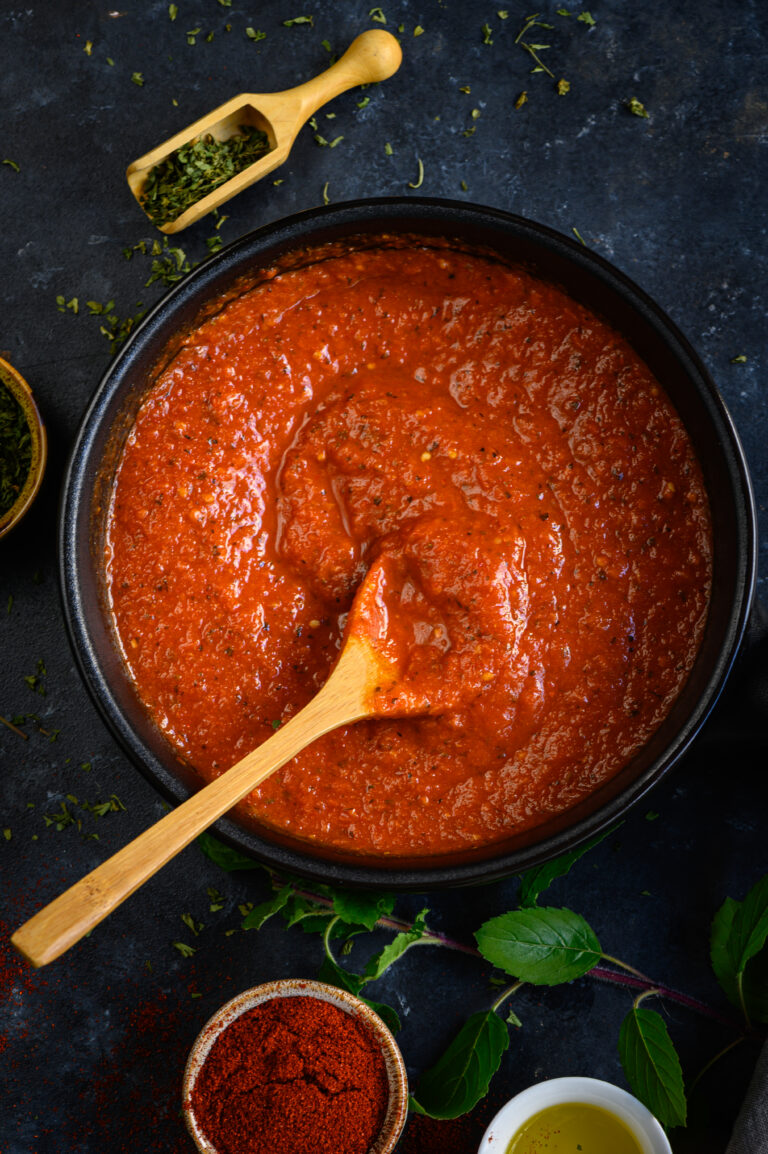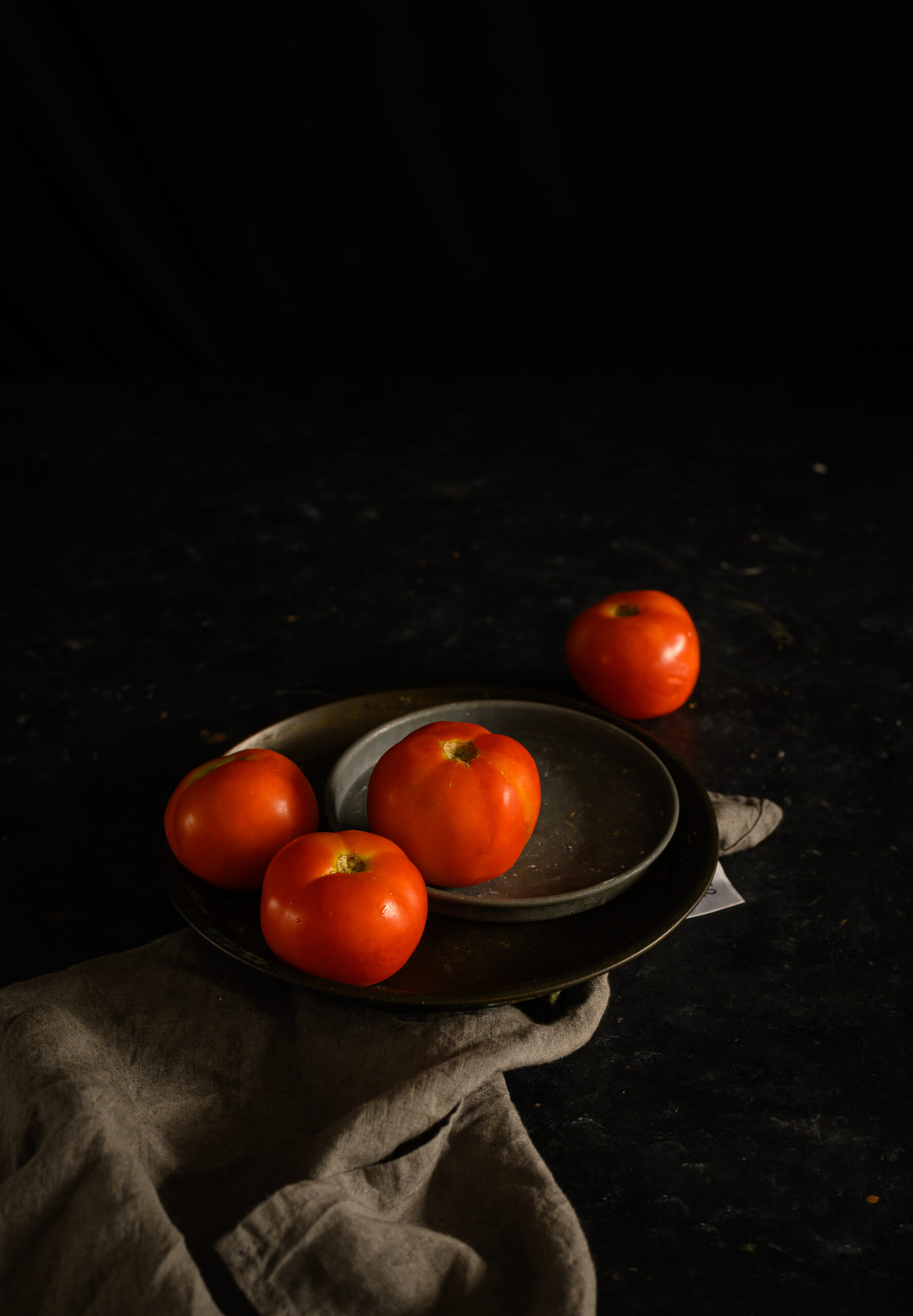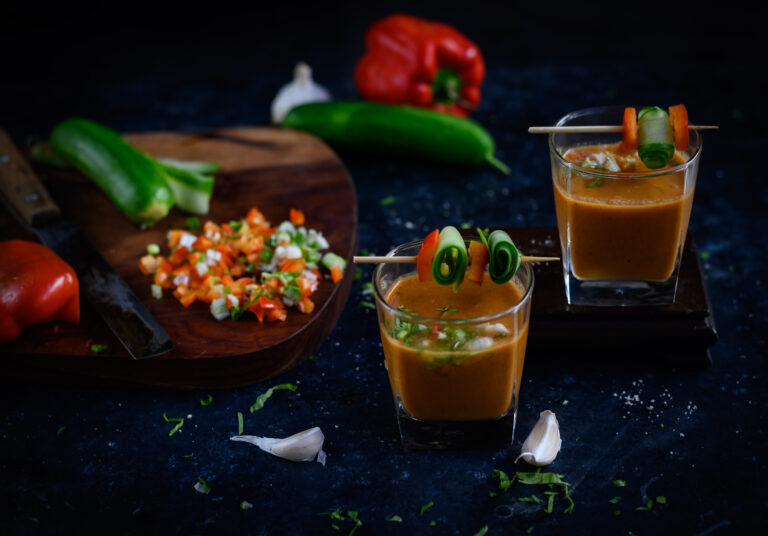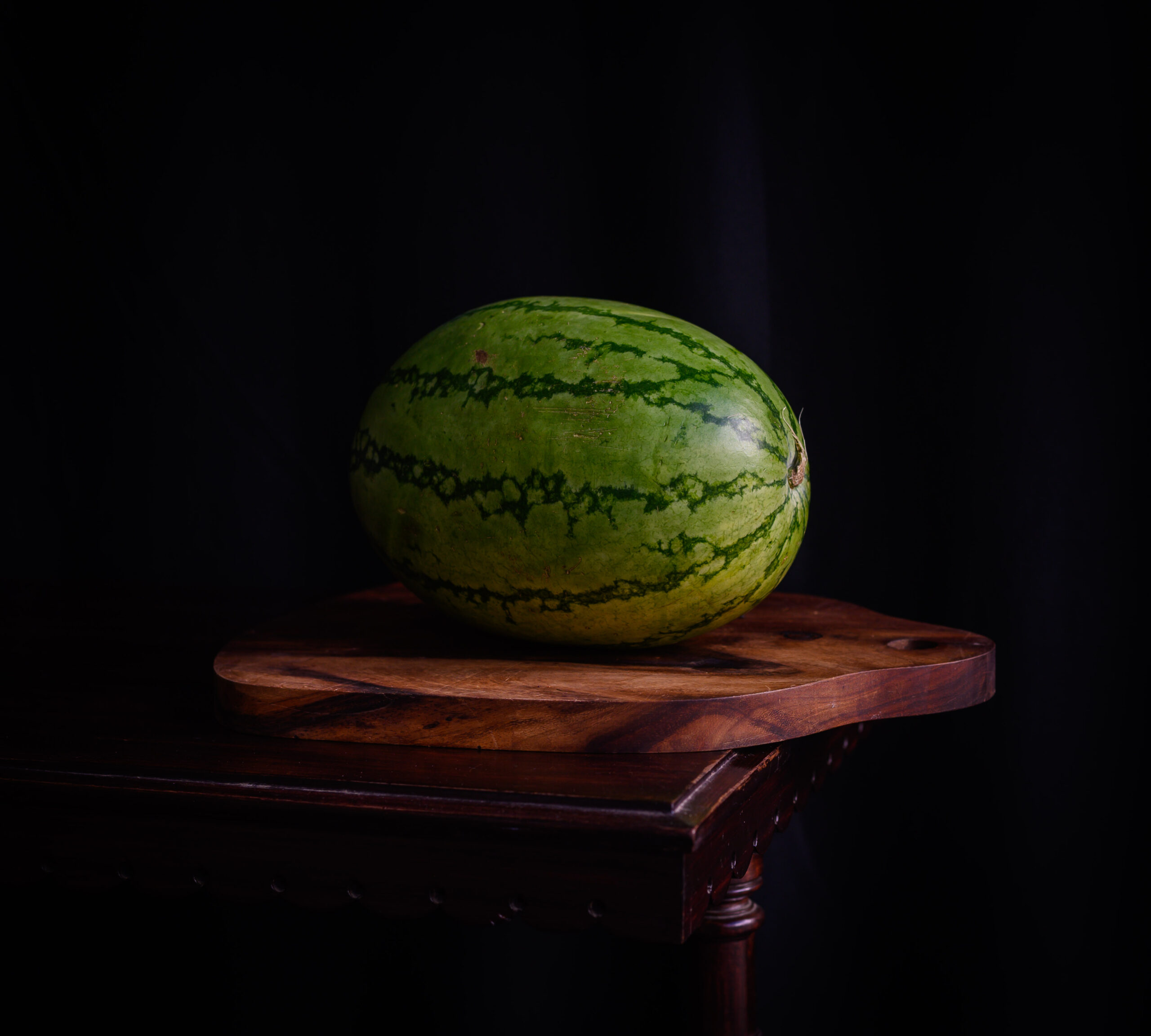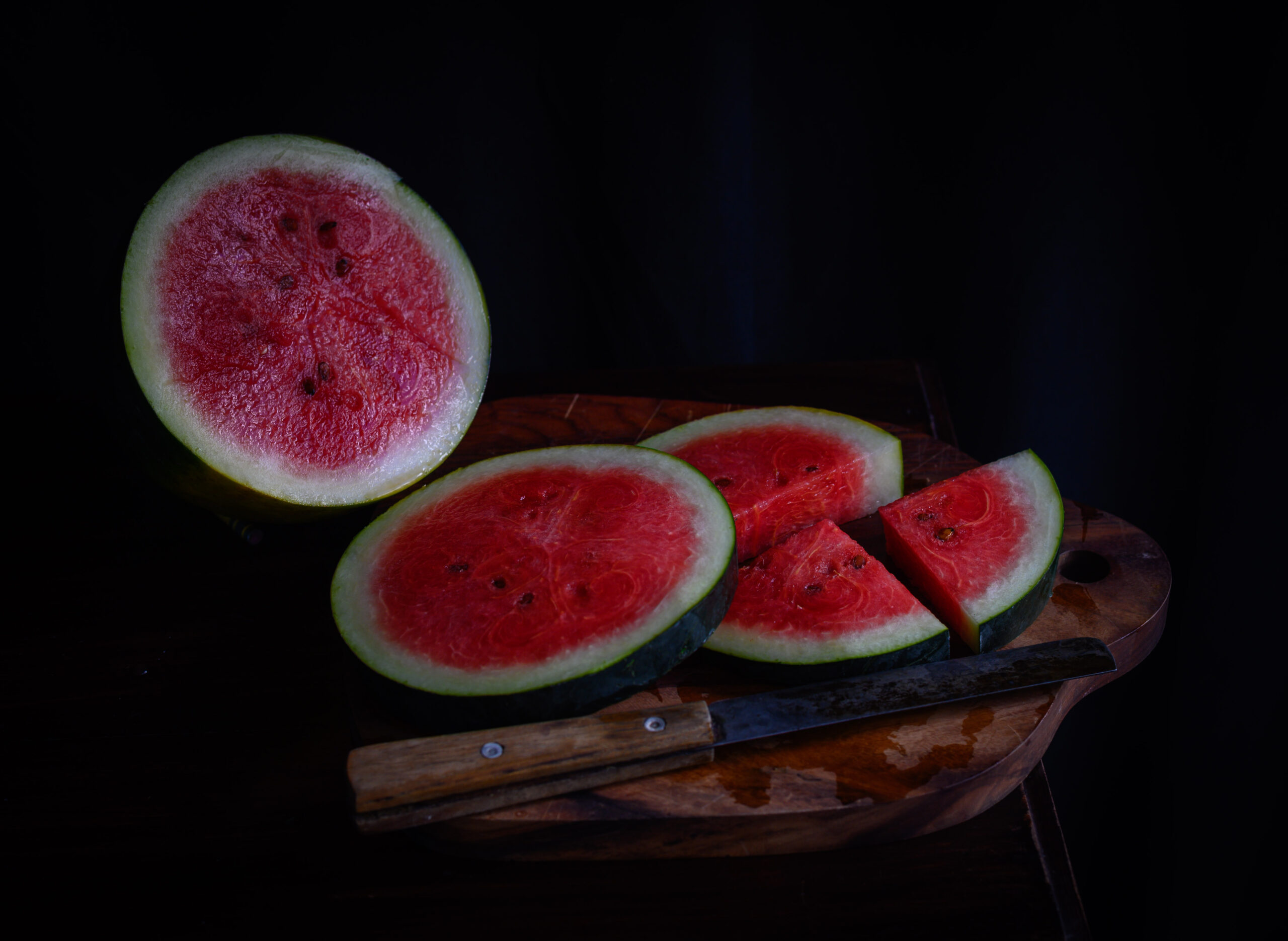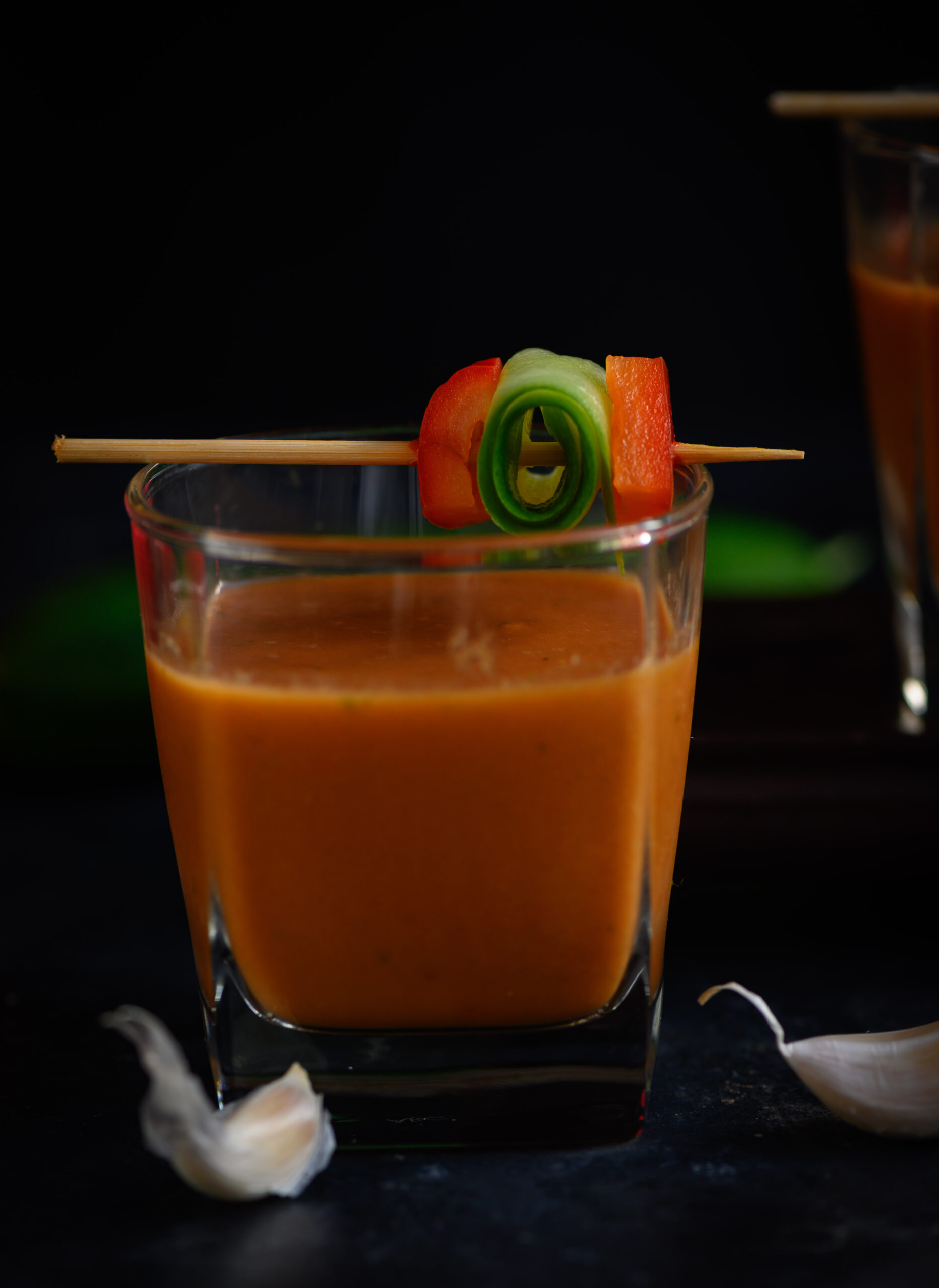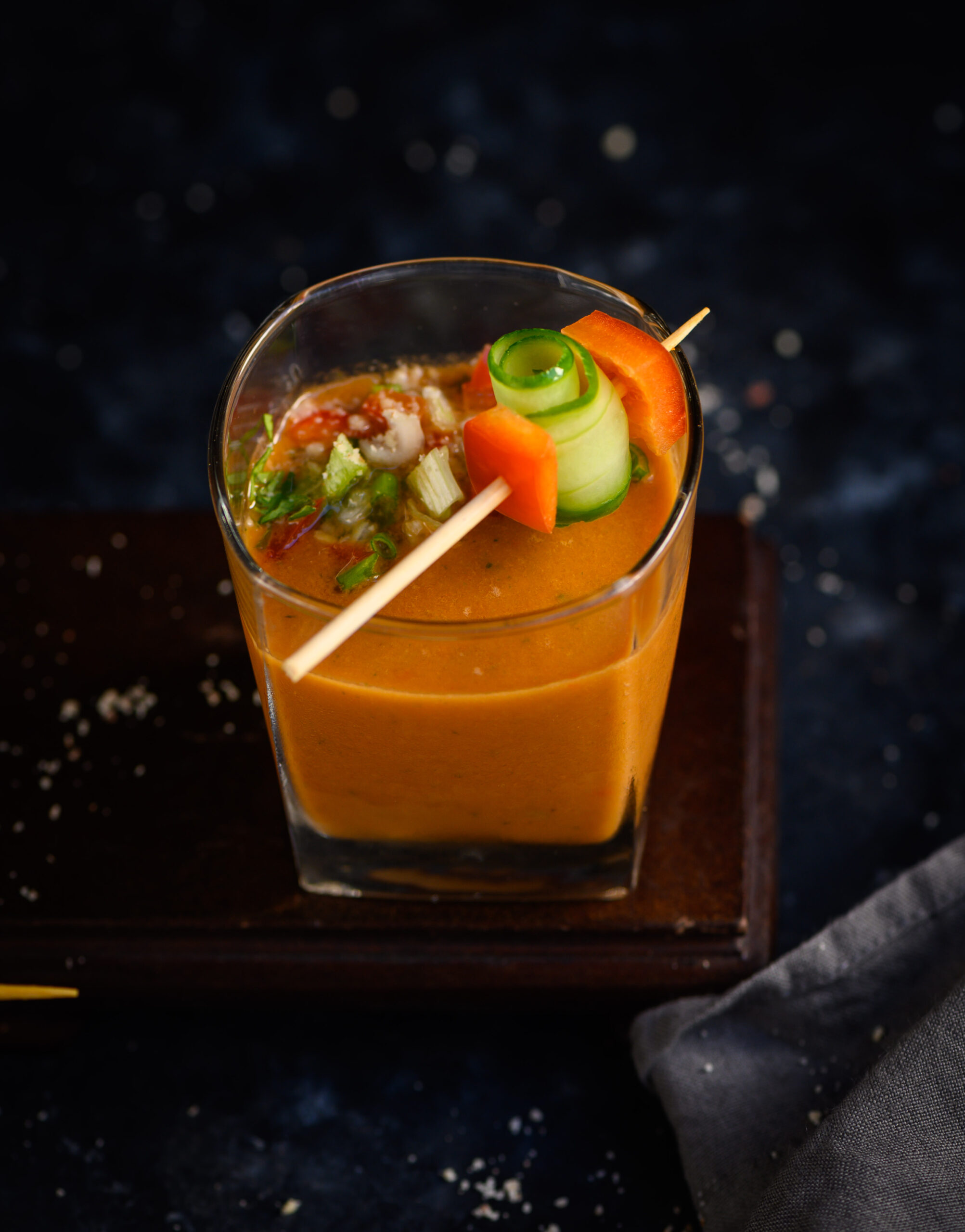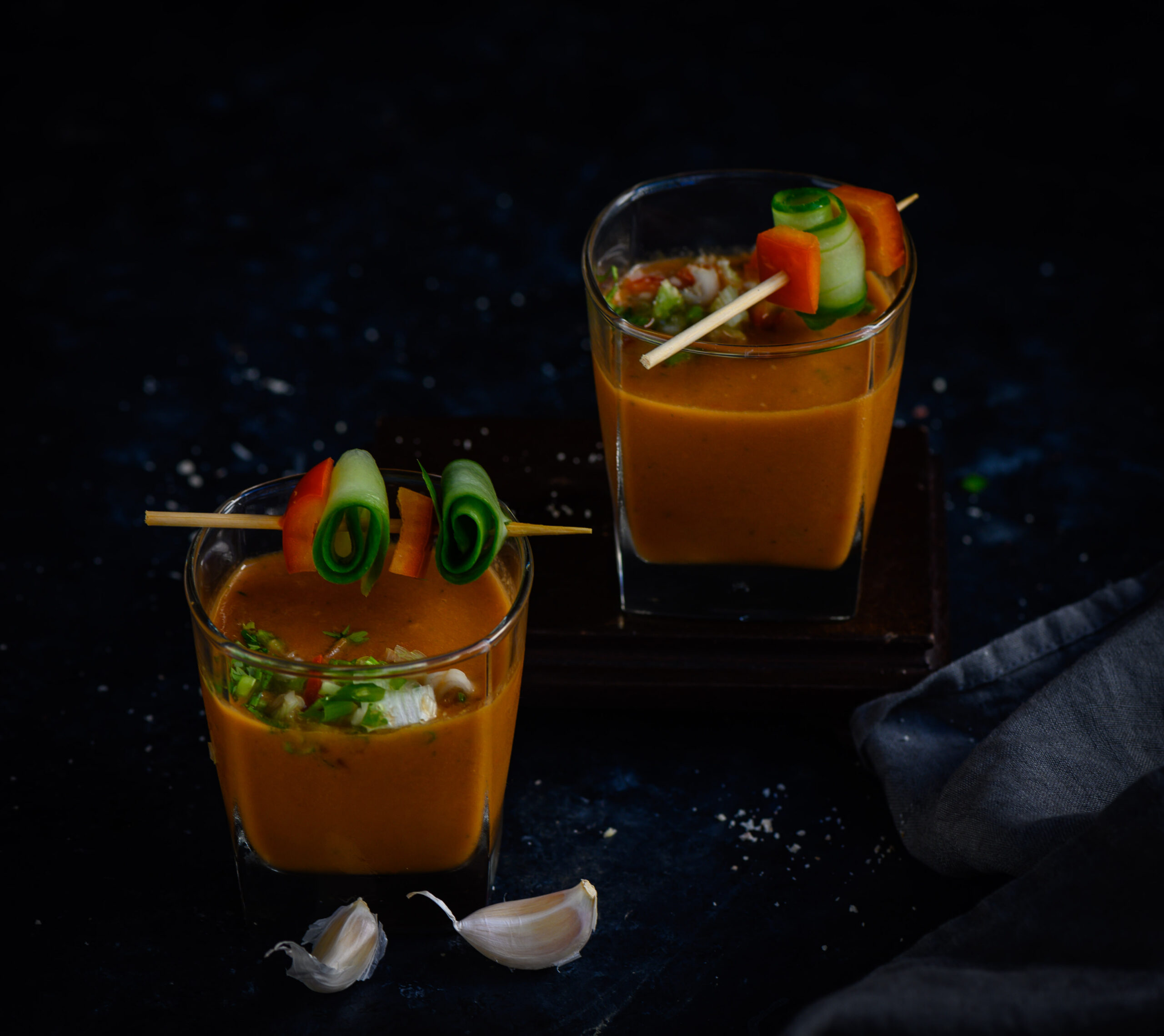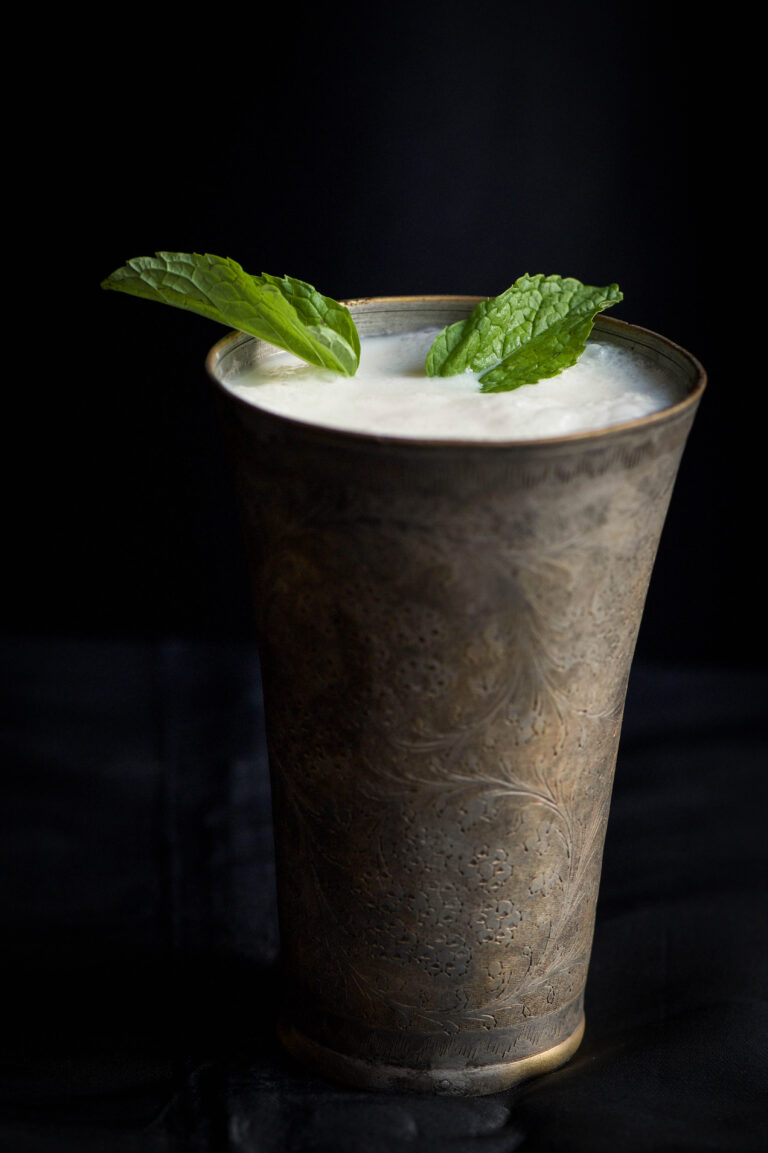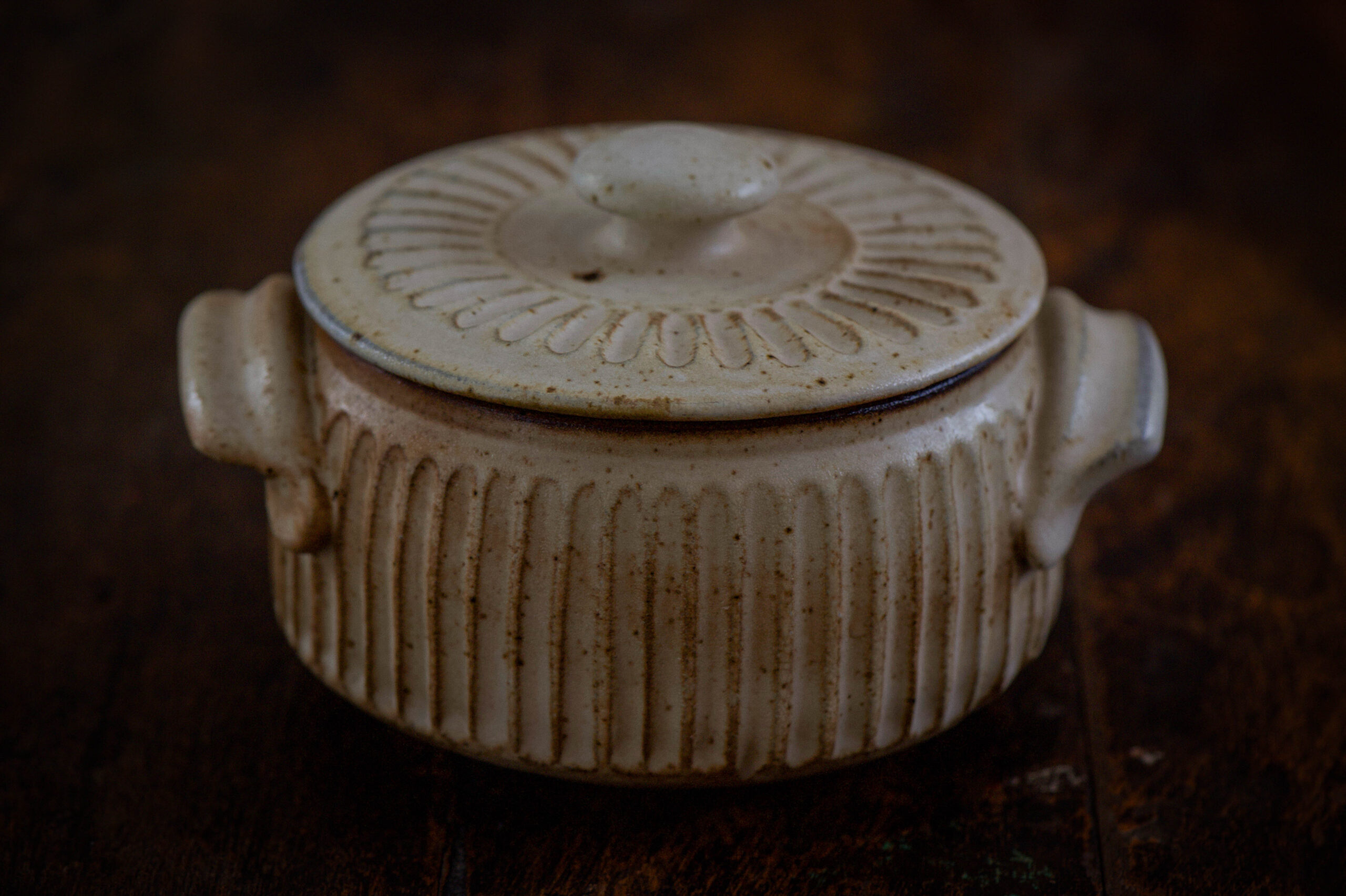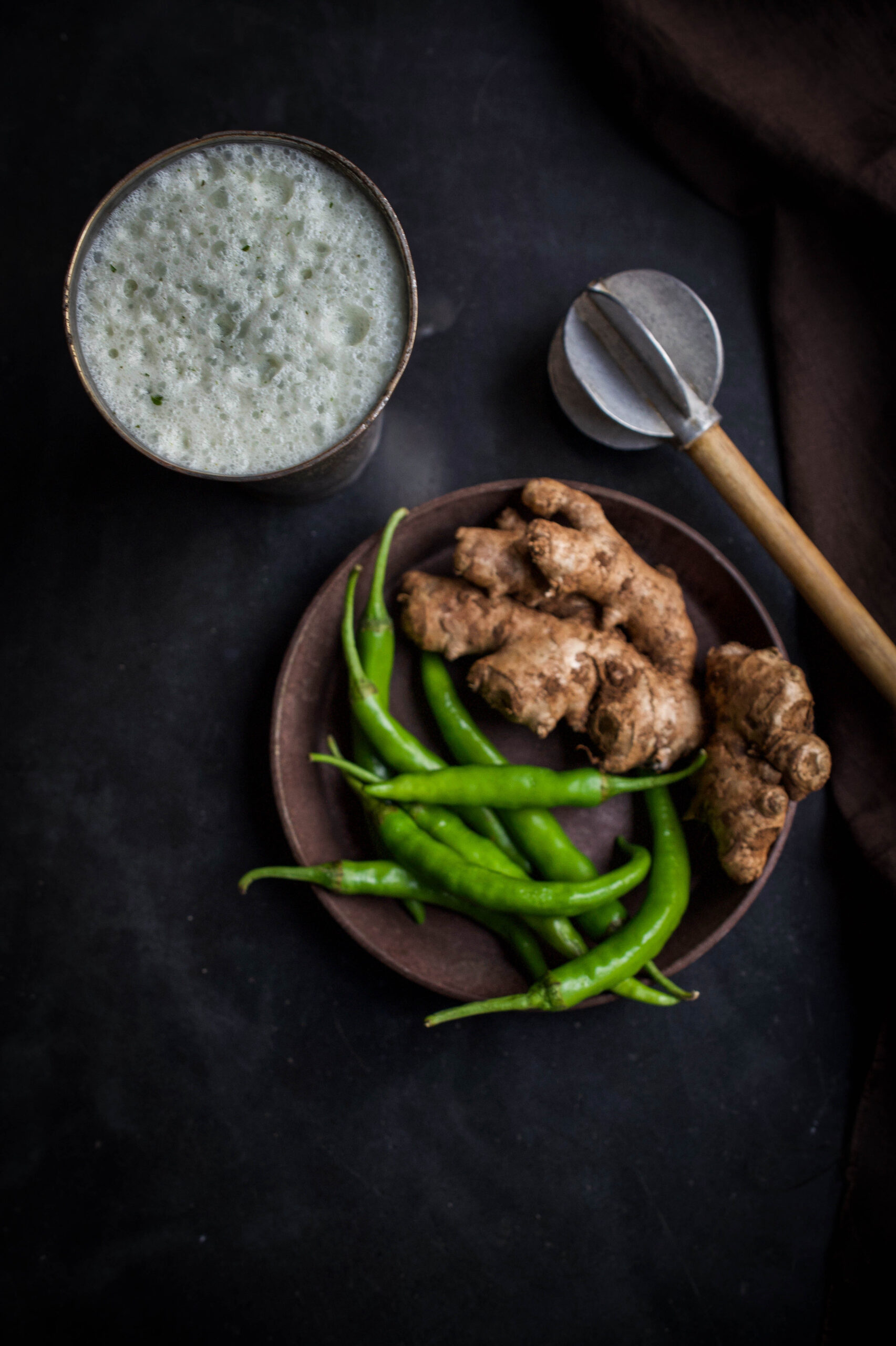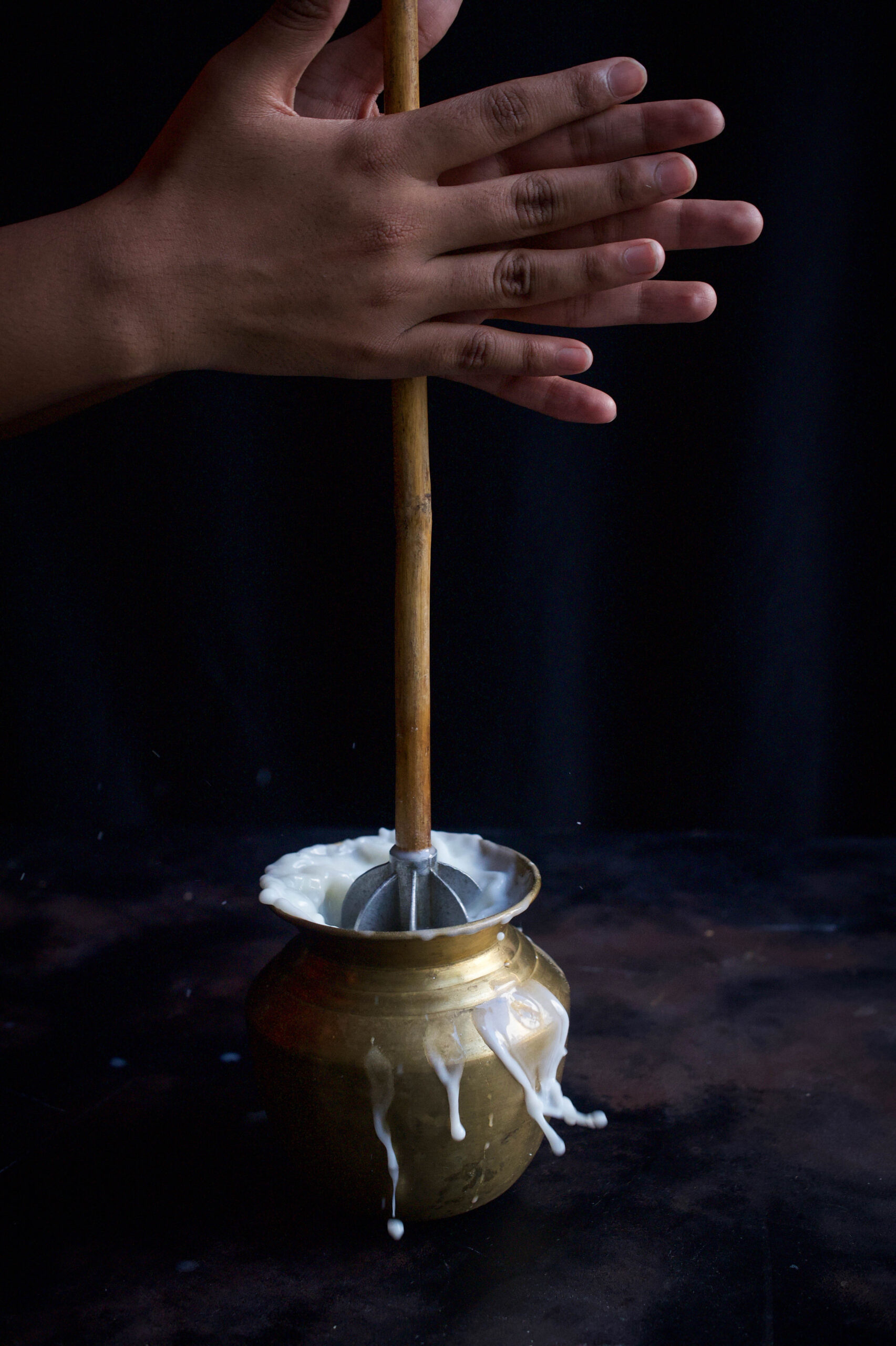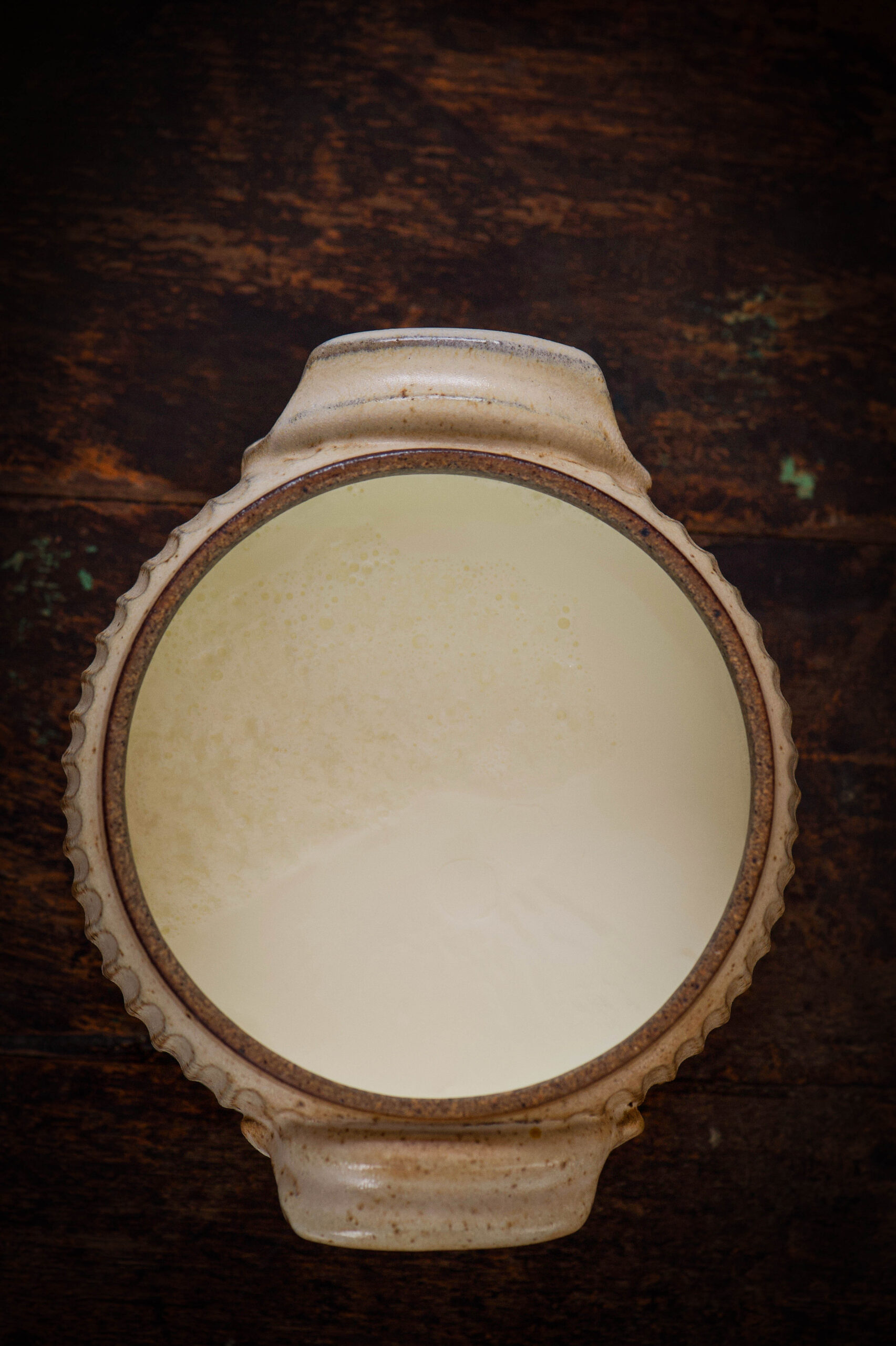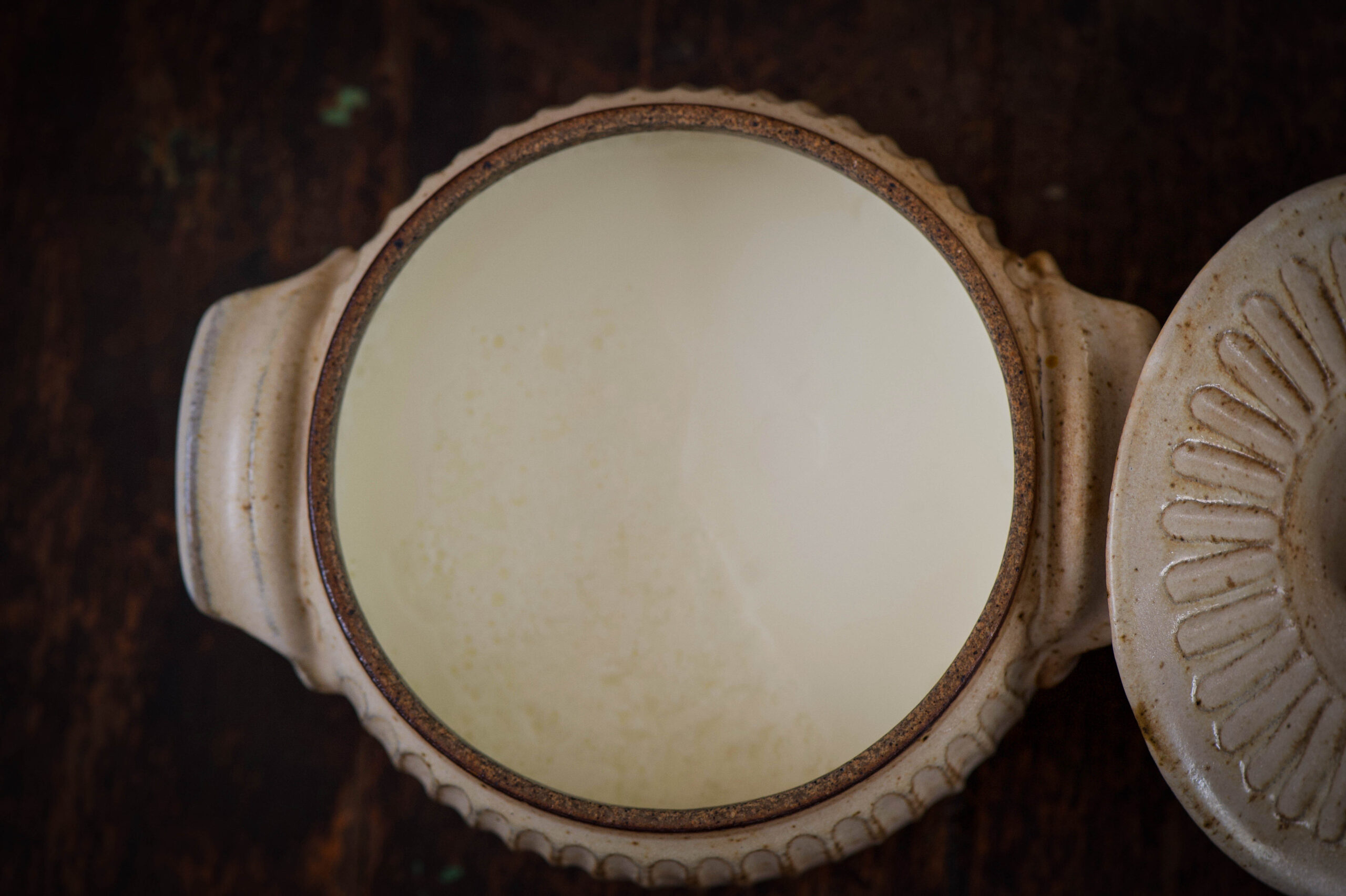Paneer makhani is a staple in North Indian cuisine, and is loved by people across the country, but not many know that it is a far cry from the original preparation that it is based on. From my understanding, the authentic Mughlai dish did not use tomatoes, which were not available or at least not widely cultivated in India till the last couple of centuries. Tomatoes are a major part of the recipe as it is widely made today. Another element is that the cooks who invented the dish did not use fat such as oil, butter or ghee. Instead, they splashed yoghurt, which would release natural fat. This is what the meats and the gravies of the Mughlai kitchen would be cooked in. Having a sense of the evolution of paneer makhani – a curry using paneer, or Indian cottage cheese – has made me quite happy to share the version that is made in my own kitchen.
While my version caters to my family’s likes and dislikes, it is really focused on one member in particular. Everyone who knows us knows how much my son Prasan loves his paneer makhani. If I talk about this love in detail, he will be furious with me for putting it out in public, so I’ll try not to divulge too much. Suffice to say: he has adored it since childhood. When he visits our relatives, like my aunt or my sister, they usually ring me up and ask me exactly how to make it in the way he prefers. They know that he will only be satisfied with their meal if there’s a serving of his favourite dish. If they’re unable to prepare it that day, they organise for it to be at the table anyway. So this recipe is for them also – next time, they can just find it right here on this blog, as can you.
When we get together as an extended family, a good paneer makhani is a mainstay at most meals. I’ve noticed this to be true at all sorts of gatherings and feasts across communities in India as well. It is also a dish that pleases people of all ages. Children seem to appreciate it as much as the elderly. Whether it was one of my kids when they were little or my mother-in-law as a senior citizen today, I’m never surprised to see anyone at all reach out for another helping.
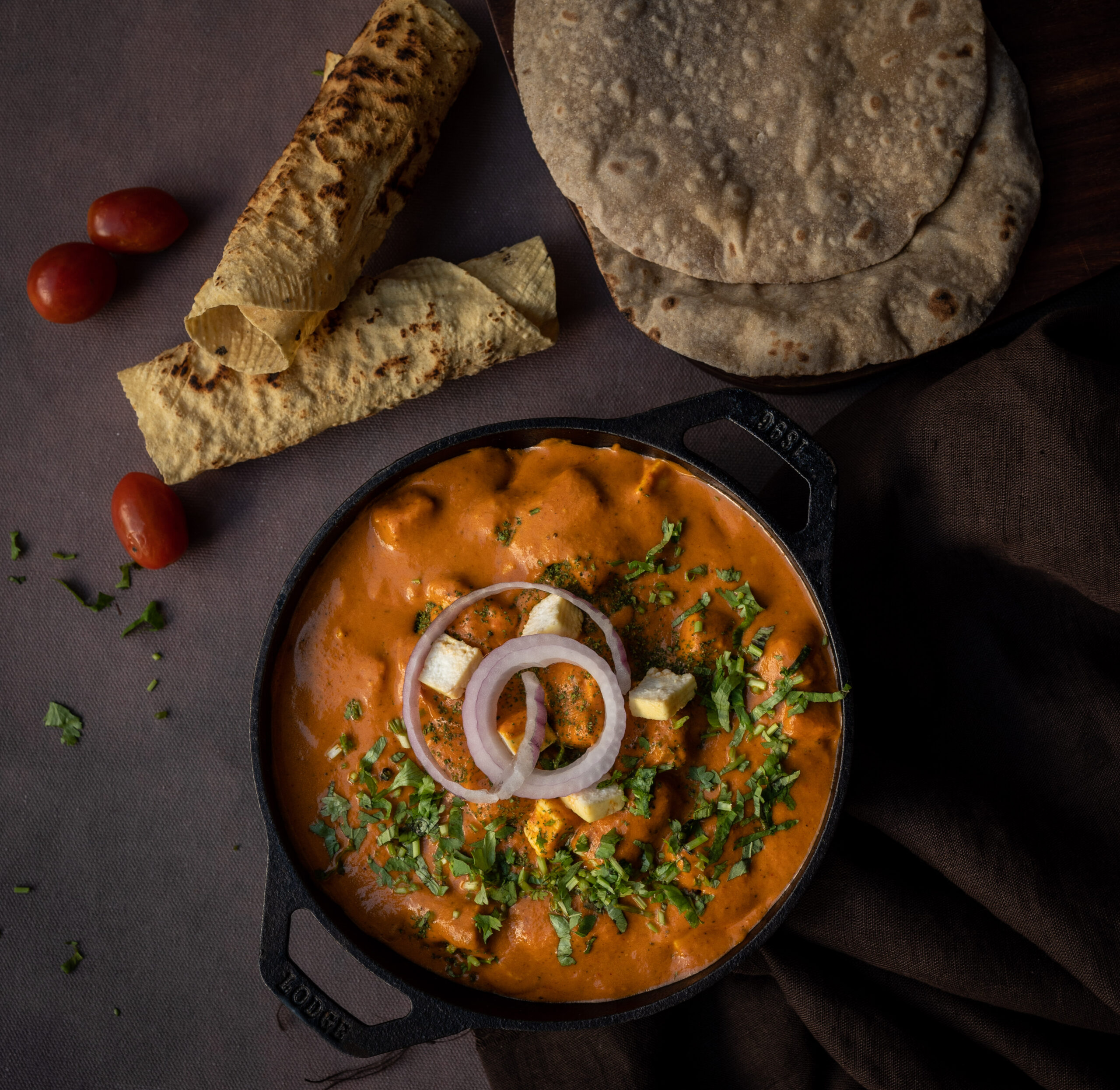
Paneer Makhani
(Yield: Approximately 2 servings)
50 grams onion
180 grams tomato (roughly chopped)
2 cardamom pods
½ teaspoon cumin
2 cloves
1 piece cinnamon stick
1 bay leaf
1 teaspoon garlic-ginger paste
4-5 pieces broken cashewnut
1 tablespoon oil (to sauté)
1 teaspoon Kashmiri chilli powder
Salt to taste
½ teaspoon turmeric
¼ teaspoon dhaniya-jeera (coriander-cumin) powder
1 tablespoon ghee
½ teaspoon sugar
¼ teaspoon garam masala
100 grams paneer
½ teaspoon kasoori methi (dried fenugreek leaves)
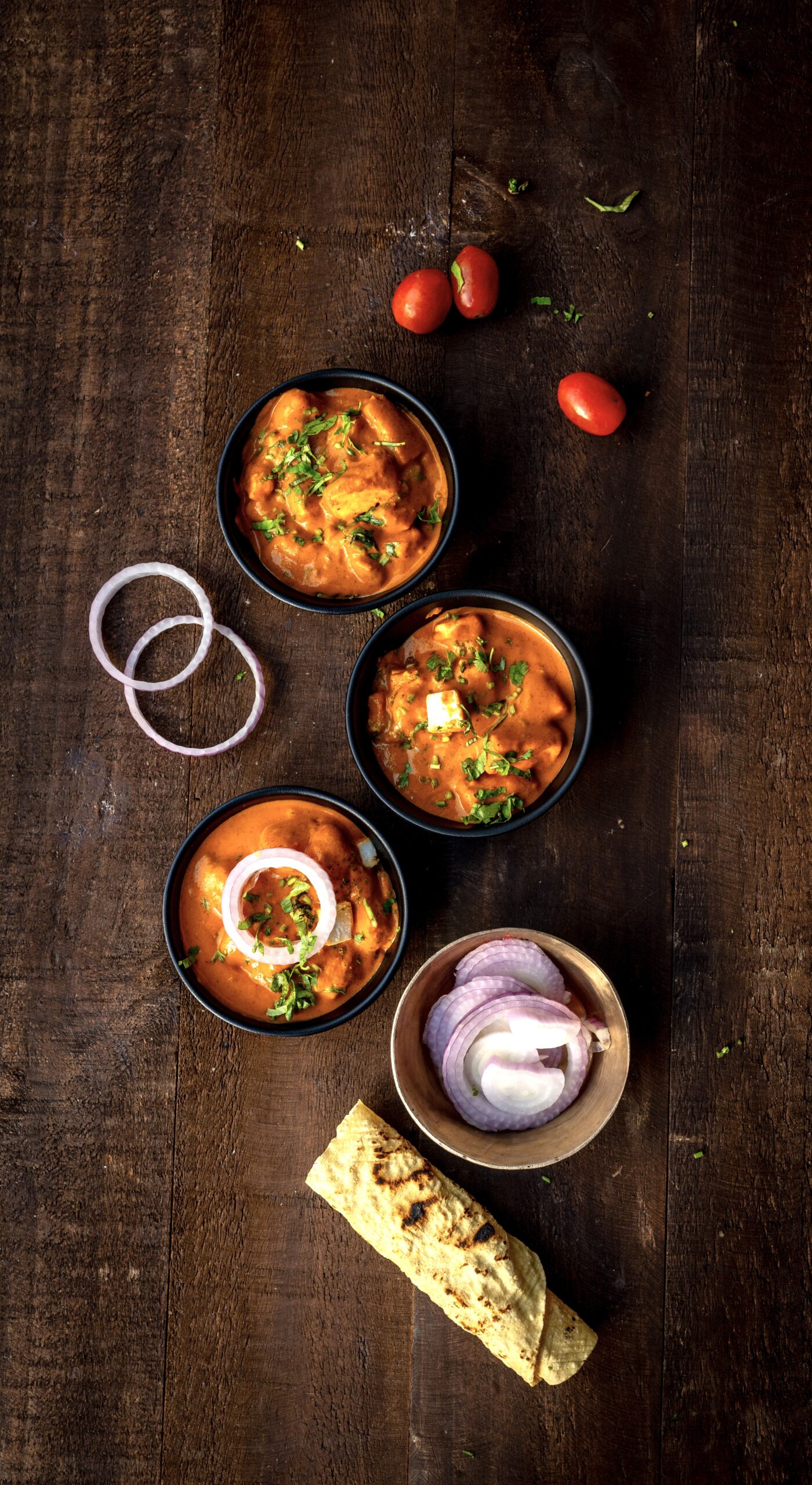
Add the oil to a kadai. Allow to heat, then add the cumin seeds. Immediately after, add the onions, cloves, cinnamon, cardamom, cashew nuts, garlic-ginger paste and the bay leaf. Sauté for about 1 minute. Then, add the roughly chopped tomatoes.
Now, add the salt, turmeric, chilli powder and dhaniya-jeera powder. Stir, cover and allow to cook until the tomatoes are tender.
Allow to cool and blend well. Strain and set aside.
Heat a kadai, and add the ghee. Once it has melted, add the blended purée that had been set aside. If required, add a little water to make the gravy in the consistency you prefer. Other options are to add butter or 2 tablespoons of fresh cream. I have added neither. I sometimes do, but rarely, as Prasan and the rest of us prefer it with less of the same. If you choose to, remember to add the milk or cream finally, else it will split.
Now, add the sugar and allow the gravy to cook well. Finally, add the paneer pieces. I occasionally sneak in some green peas, but my kids don’t like them in this dish. But they do go well with paneer in general, so you may want to try them out. Garnish with a sprinkle of kasoori methi. The gravy can be used as a base for other dishes, such as chicken or vegetable curries, and I’d love to know how you decide to use it.
Serve with flatbread, such as naan or rotis, or rice. Now that I have the hang of sourdough naan, that’s what I tend to serve my Prasan-style paneer makhani with.
There you have it: one of the top dishes at my dining table, made with love every single time. On that note… I’ve mentioned my son quite a number of times in this post, which means I may just have to head to the kitchen and whip up a fresh bowl of paneer makhani. You see, it’s become a bit of a running joke that whenever he is annoyed or upset, a little bit of his beloved gravy will calm him down! Having said this, I’d better get to making it right away, I suspect!
